|
Trumpeter swans descend for landing, skiing across the water as they touch down. A moose wades into the lake past its knees to munch on aquatic plants, seemingly oblivious to anything around it. Ducks dip their heads into the water and disappear, popping up elsewhere. These are a few of the sights we were blessed to witness while boondocking in our fifth wheel RV in the great state of Alaska. We fell in love with the 49th state’s incredible beauty, serenity, and magnificence. Before we set out on our RV trip to Alaska, we wrote down five things we wanted to experience there: glacier calving, dog mushing, whale watching, northern lights, and the Arctic Ocean. We also thought it would be nice to observe a salmon run, catch some Alaska-size fish, and visit with family in the area. I’m proud to say we accomplished all those things in one truly amazing summer. Not all of the five “high-priority” items made it to our list of favorite things about our summer in Alaska, but we’re glad we experienced them. After much thought and consideration, we agreed these were our five favorites, in no particular order: 1. Trip to the Arctic Making a trek up the Dalton Highway to the Arctic Ocean was a truly unique experience. It took us through a snowy mountain pass, gave us a chance to witness the midnight sun, and exposed us to the tundra and native sounds. We enjoyed driving the isolated road, following the Alaska pipeline, and dipping in the frigid Arctic Ocean (just so we could say we did it). Our favorite part about this experience was staying in a hotel in Deadhorse and briefly immersing ourselves in the lives of pipeline workers. It gave us a greater appreciation for them and the hard work they do. 2. Remote Cabin With 571,000 square miles of land and a population of 733,583, according to the U.S. Census Bureau, Alaska is the least densely populated state, offering numerous opportunities for remote living. It’s not uncommon to meet someone there who has a cabin in the woods. The state even offers more than 300 remote cabins for public use, according to Alaska.org. Perhaps what’s most unique are the cabins that are only reachable by boat, seaplane, or snow machine (as snowmobiles are called in Alaska). It doesn’t get much more remote than that. We had the privilege of visiting one such cabin with my cousins. Having watched a number of survival shows, we felt like we were in a movie. We liked the adventure so much that we considered buying one of the cabins nearby. 3. Proximity to a Calving Glacier Alaska is home to around 100,000 glaciers, according to Alaska Kids. Of those, only 650 or so have been named. The named glaciers are generally easier to get to and see. We put eyes on Matanuska Glacier, Portage Glacier, and Worthington Glacier, among others. While observing the immenseness and mystery of Columbia Glacier, the largest in Prince William Sound, from about a quarter of a mile away, we watched it seemingly throw itself into the water below, creating a thundering crash and making waves. One section would tumble into the water. Many minutes would pass, and another section would fall. We spent about an hour at the glacier, making for an incredible experience. 4. Valdez Our glacier-calving encounter took place while on a boat tour from Valdez, an absolutely beautiful place. The more than two-hour drive into the city provides breathtaking views of mountains, glaciers, rivers, and waterfalls. That served as the “cake” of our wonderfully enjoyable time there. Viewing the salmon run, catching Alaska-size fish one after another, and taking the boat tour to spot aquatic wildlife and the Columbia Glacier were the icing. Camping with our back window overlooking Port Valdez gave us a nice, picturesque bonus. We’re really glad so many people we talked to raved about Valdez. 5. Northern Lights Experiencing the northern lights is a lifetime dream for many who aren’t privy to their seasonal wonder. The conditions have to be just right for the naked eye to capture this amazing phenomenon: darkness, clear skies, solar activity, and the right time and place. Seeing the lights is more common in some areas than others.
We’re super fortunate to have been able to witness the aurora borealis on our summer trip to Alaska. We nearly missed the spectacular display. In fact, we tried to catch the splendor again on a clear night two days after our first sighting, but two hours of watching the sky yielded nothing. Every time I think about the night we caught the natural light show, I can’t help but smile. It was a truly magnificent experience. In addition to these five favorite things about our summer in Alaska, we enjoyed gold panning, touring an ice museum, and seeing areas of the state that many tourists don’t visit. What a fabulous summer! You might also like Is a Trip to Alaska All It’s Cracked Up to Be?
2 Comments
The wonder of the northern lights, or aurora borealis, has been captivating people for millennia. When electrically charged particles from the sun slam into gases in Earth’s upper atmosphere, they create sparks of colorful light. When billions of these collisions happen one after another, they make waves that look like they’re dancing. These dancing waves are most visible in northern latitudes, such as Alaska and Canada. I knew that seeing the northern lights during a summer visit to Alaska wasn’t likely. After all, you need darkness to witness this phenomenon, and it doesn’t really get dark in Alaska in the summer. But we watched a video in which an Alaska visitor glimpsed the northern lights one night in September on his way back home. We had planned to leave Alaska in September, so that gave me hope. Generally speaking, the best times to view the aurora borealis are between late August and mid-April on clear nights between 10 p.m. and 2 a.m. Third Time’s a Charm After two failed attempts to witness the northern lights while camped 20 miles south of Tok, Alaska, in late August, I didn’t have much hope of spotting them. I did my due diligence anyway and checked the weather forecast for a clear night for yet another opportunity. That chance came our first night out of Alaska, in Destruction Bay, Yukon. The forecast called for mostly clear skies between 11 p.m. and 1 a.m. Tired from a wind-induced, sleep-interrupted night before, I just wanted to go to bed for the night. Knowing this might be my last opportunity to see the spectacular display, however, I set my alarm for midnight. At 11:45 p.m., I woke up for some reason. Although tempted to go back to sleep, I decided to get up and peek out the windows. That way, I could return to bed for the night. With our bedroom slide closed for our overnight stop at a pullout off the highway, I had to crawl over Bob to get to the window, waking him in the process. Glimpsing out, I saw a full moon lighting up the night sky and the lake beneath it, seemingly nullifying my chances of viewing the aurora borealis. I decided to check another window anyway, facing what I thought to be north. All I saw there was a cloud with the moon reflecting off of its outer edges. As I stared at the cloud, I noticed a greenish hue. “I think I see them!” I told Bob. He looked and agreed we had spotted the northern lights. We went outside in our bare feet for a better view. As soon as we passed the front of our trailer and looked to our left, any doubt disappeared. Cloudy wisps of light emanated from the horizon, dancing in slow motion to create amazing shapes and sights. The longer we watched, the more the lights changed, stretching across the sky. A Divine Appointment After flashing a few pictures using the night sight setting on my phone for longer exposure, we returned to the warmth of the trailer. Still enamored, we continued peering out our northern-facing window, enjoying the light show that lasted about 15 minutes. Looking out the window I had originally peeked out showed no signs of the lights. Had I not awakened until my alarm went off, I would have completely missed the magnificent display. I believe God woke me up to see the amazing presentation I had been longing to witness, a reminder that he cares about the little things in our lives. I’m grateful I didn’t go back to sleep until my alarm went off. We had thought the sky had to be completely dark in order to see the northern lights, but the brightness of the moon busted that theory. It was as if our trailer created the dividing line between the full moon over an expansive lake and the aurora borealis shimmying across a starlit canvas: two pictures in one sky on the very same night. The spectacle left us in utter awe, huge smiles beaming across our faces. I found it difficult to sleep after that. What an amazing experience! I’m glad God woke me up when he did.
You might also like 5 Amazing Things to See on the Alaska Highway. You know the old saying, “If something sounds too good to be true, it probably is.” Having heard great things about Alaska and seen pictures of its magnificent beauty, you may be wondering if that saying applies to the 49th state. Alaska truly is an amazing place, with jaw-dropping scenery, wide-open spaces, and peaceful surroundings. It does have some negative characteristics, though, that you should be aware of if considering a trip to the Last Frontier. Mosquitoes You’ve likely heard the joke about mosquitoes being Alaska’s state bird. They’re not quite that big, but you can see them. The bountiful lakes, ponds, rivers, and creeks in the state give mosquitoes lots of places to lay eggs. We found mosquitoes to be the most plentiful and annoying during the month of June. The tiny creatures easily found their way into our rig. I had my arm outside the blankets while sleeping one night and woke up to numerous itchy welts on it. The two mosquito rackets* we invested in before our trip to Alaska came in quite handy to battle the pests. There’s something satisfying about hearing the insects fry. (That’s how bad they are.) The netting hoods* we purchased also helped when we spent time outdoors, as did the insect repellent wipes we bought. We got a plug-in bug trap later in the season. Because the population of mosquitoes had already subsided, we didn’t find the device super effective after only one night of use, but it did make for a great night light. Lack of Darkness Speaking of night lights, you don’t need them for many hours, if at all, during the summer months. Alaska is known as the Land of the Midnight Sun for good reason: Because of its position in the northern hemisphere, the state doesn’t get very dark in the summer. In Fairbanks in June, the sky never gets pitch black, although it does approach twilight for a couple of hours each night. After the summer solstice, the days start to get a tad shorter, especially if you head south. Many people struggle with the lack of darkness. We got used to going to bed with the sun still high in the sky. We pulled our room-darkening shades to give the trailer more of a night feel, and our bathroom skylight made a natural night light. Darkness seemed strange when I encountered it in San Francisco on a work trip a couple of months later. I had forgotten what it was like. Desolate Roads Alaska’s wide-open spaces allow plenty of room for people to spread out. Unless you’re near Anchorage or Fairbanks — or on the Kenai peninsula during the salmon runs — you’re not likely to run into much traffic. (You will, however, come across potholes and frost heaves.) On many roads, you can go for miles or hours without seeing or hearing another vehicle. Because of this desolation, you’re at the mercy of small-town service station workers, or good-samaritan passersby, if you do have a breakdown. We know because my cousin had an issue with his boat trailer after we met him in Glennallen to go to his remote cabin. After getting the boat and trailer towed to the sole service station in the area around 3 p.m. on a Friday, we didn’t leave with the trailer’s integrity intact until about 5 p.m. on Saturday, more than 24 hours later. Few Store and Restaurant Chains Service stations aren’t the only rarities in the Last Frontier. Store and restaurant chains are too. The only places you’ll find retail, food, and coffee chains in Alaska are in the big cities of Anchorage and Fairbanks and their suburbs. If you get a hankering for McDonald’s or Taco Bell while elsewhere in the state, you’ll likely be disappointed. Expect to see lots of mom-and-pop shops. Tok, for example, has a Thai restaurant and an American restaurant, and that’s pretty much it. We prefer those small-town establishments anyway because they give us a better taste, literally, of the areas we visit. You may or may not find a supermarket chain. We came across a Fred Meyer in Soldotna, a Safeway in Valdez, and an IGA in Glennallen. Alaska has its own grocery store chain, too: Three Bears Alaska has 12 supermarkets in the state. High Costs Expansiveness and unadulterated magnificence come at a price. Because everything has to be trucked, shipped, or flown into Alaska from a great distance, costs for groceries, restaurant meals, fuel, automotive parts, and practically everything else are expensive. Even with awareness of that, you may have sticker shock. Rain and Mud You will have rainy days in Alaska, especially in the coastal regions. We experienced many, which made for muddy messes inside and outside our trailer. A summer in Alaska is definitely not glamping. On a good note, rain in the 49th state is different from rain in the Lower 48. Alaska gets more drizzles than downpours. Because of that, it’s easier to do things outdoors even with “showers.” You just have to dress for the occasion.
That said, rain can ruin plans and visibility. A foggy, rainy morning limited our views on the wildlife glacier cruise we took in Valdez. We had a wonderful time on the tour anyway and were able to see quite a few things. When we moved to Valdez from Homer, the forecast called for rain all week. The weather changes quickly in Alaska, and we were blessed to enjoy multiple nice days in the city at the end of the Alaska pipeline. We’re glad we didn’t let the predicted outlook deter us. But don’t expect to get a suntan in Alaska. More often than not, you’ll likely be wearing layers to keep warm. There are pros and cons to everything. As far as we’re concerned, the positive attributes of Alaska far outweigh the negative. The state’s awe-inspiring grandeur is not too good to be true. In fact, some of Alaska’s seemingly unfavorable traits contribute to its allure. You might also like Can You Drive a Fifth Wheel on the Alaska Highway? * As Amazon Associates, we earn from qualifying purchases. About 75 miles north of Tok, Alaska, sits a small settlement known as Chicken. Wondering how it got its name? The village does not have a plethora of fowl. People don’t seem to be afraid (aka, “chicken”) to go there. So, why is it called Chicken? Truth be told, the settlers wanted to name the village for the abundance of what later became Alaska’s state bird but didn’t know how to spell ptarmigan. Someone suggested the name Chicken, and it stuck. Although known for chicken pot pie and chicken soup today, the village’s gold-mining history and legend lives on. Chasing a Dream In 1886, someone struck gold in the area and created a buzz. At one time, more than 700 miners panned the community’s streams, according to Travel Alaska. Nowadays, the year-round population hovers around 15 but can increase to about 50 in the summertime. Visitors can tour the Pedro Dredge (for a fee) and even take a stab at gold panning — for only $10 for two hours. Or, they can purchase gold-panning supplies and try their luck at the streams, just like in the old days. Since we had panned for gold in Fairbanks, we decided not to do so in Chicken. Getting There We hadn’t heard a lot about the small town of Chicken but were looking for something to do near Tok before heading back to the Lower 48, so we embarked on a day trip to the village. The drive on the Taylor Highway took about an hour and 45 minutes and didn’t offer much in the way of scenery. The narrow road is littered with potholes and frost heaves. Its sole purpose is to connect Chicken and Tok. The highway actually continues beyond Chicken, taking travelers into Canada and Dawson City (not to be confused with Dawson Creek). Many tourists enter Alaska through the Dawson City route. After driving the Taylor Highway in Gulliver, sans Tagalong, we’re glad we took the Alaska Highway instead. Exploring the Area Arriving in town to no cell service, we navigated to the first building we came to off the highway: the gift shop at the Goldpanner/Chicken Creek RV Park. We saw a cafe on-site but found it closed. The gift shop offered free flush toilets (most in the village were outhouses) and myriad T-shirts and souvenirs for sale. After perusing the inventory, we went outside to snap a picture of the two large chickens on display and wandered across the suspension Chicken Creek Bridge that spans the site of an old gold dredge. Finding Food With our tummies rumbling, we returned across the bridge to the truck and got back on the highway to find the rest of the town of Chicken. Airport Road, which we had passed en route to the gift shop, led us directly “downtown.” It consisted of three rickety, connected places of business: Chicken Mercantile Emporium, Chicken Creek Saloon, and Chicken Creek Cafe. We parked and headed into the cafe for costly counter service of good-quality food. Cinnamon rolls, brownies, and pies sat on the counter, tempting us to partake. We gave in to sharing a brownie after indulging in reindeer bratwurst and a cheeseburger, served on plastic gold pans. Our bellies full, we departed down the slanted floor to check out the rest of downtown. We found the uneven floor in the mercantile even more pronounced but enjoyed browsing the store’s eclectic assortment of Alaska- and chicken-themed souvenirs nonetheless. We couldn’t leave without making a deposit at the Chicken Poop, a collection of outhouses on the property. Hunting for a Statue Having seen a large display chicken when researching the small village before our arrival, we set out to find it. A quarter-mile drive from downtown led us right to it. This particular chicken had been made out of high school lockers, leaving it rusty. Across a dirt road from the chicken stood Pedro Dredge, which operated in Chicken from 1959 to 1967 and mined 55,000 ounces of gold, according to the Chicken Gold Camp & Outpost. The outpost gift shop (this one with a level floor) featured a coffee shop and a wider variety of chicken- and Alaska-related offerings. It also exhibited old artifacts from the town’s mining days.
Always up for an adventure, we found the trip to Chicken worthwhile. If you decide to go, don’t be surprised when you find no cell service, outhouses, and high prices for a bite to eat. Just think of it as part of the experience. You might also like Experiencing Alaska’s Uniqueness. Every year, 16 million pink salmon migrate to the Solomon Gulch Fish Hatchery in Valdez, Alaska, to spawn, according to Alaska.org. With this abundance of fish, everyone wants in on the action — including bears. On our last full day in Valdez, Bob set out mid-morning to catch his daily limit of salmon. I told him I’d come down in a little while to take a break from work. As I headed toward the water, my phone rang. It was Bob calling to tell me I should wait to come because of a bear in the area. I looked up and saw a black bear heading my direction. Turning on my heels, I returned to the trailer to grab my bear spray and give the beast some distance. It went toward some bushes and the water, away from Bob’s fishing spot. I waited a bit to ensure my safety. When the bear didn’t resurface, I decided to take my chances and head down to see Bob. Thankfully, no bear was in sight — nor were any fish. It started raining, so we retreated for the day. Mob Mentality Later that afternoon, 10 to 12 people gathered near our trailer, their eyes watching something in the bushes toward the water. Anytime we saw a crowd standing and staring in a certain direction in Valdez, it signaled a bear. That held true in this instance, but the crowd didn’t know the source of their attention. As they moved behind and to the other side of our trailer to try to get a better look, a dad picked up a very large rock to defend himself and his family. I peered out our back window and noticed branches moving. I had no doubt the bear from the morning had come back, attempting to get up the cliff from shore to head home for the evening. The people wouldn’t back away to give it room, so I went out and told them if they’d leave the bear alone, it would go home. “What is it?” they asked. “It’s a bear,” I said. “It’s been down there all day. It lives up the hill and is probably trying to go home.” Sure enough, as soon as the people cleared out, the bear emerged, strolling farther from our trailer but staying in the campground. Other people stood still and watched, and vehicles pulled off the road to check out the show. This prevented the bear from leaving the campground to cross the street. I never saw the creature after that, but I kept my bear spray with me if I went outside, just to be safe. In reality, black bears don’t want anything to do with people. They tend to keep their distance. Scary Evidence Having relatives in Alaska, I grew up hearing about remote cabins that required a boat ride to reach and always wanted to experience that. I got my chance, thanks to my cousins, Paul and Ruth. Bob and I joined Paul aboard his motorboat at a landing where we left Gulliver and Tagalong for a couple of nights. About 20 minutes later, we pulled ashore at a grassy area, no building in sight. By this time, Ruth had made it to the landing we left from, so we unloaded our cargo in the field, even leaving food there. (I didn’t think that wise knowing other relatives had been greeted by a grizzly when approaching land on similar trips, but I was new to the whole experience.) We returned to the landing to pick up Ruth and her belongings and made our way back to our cargo, finding it undisturbed. Paul strapped a rifle to his shoulder and led the way on a half-mile hike to the cabin as we followed, carrying the food and our backpacks. Paul would go back for the heavier cargo with his four-wheeler, as ATVs are called in Alaska, after we reached the cabin. Our hike proved uneventful, and we made it to the rustic building flanked by an outhouse without spotting any wildlife. Paul started the generator to power the outlets and lights, and Ruth and I picked wild Alaska blueberries while Bob grilled steaks. We enjoyed good conversation before turning in for the night. The next day, after a hearty blueberry pancake breakfast, we headed back to the boat with fishing rods in hand and saw evidence that a bear had been on the trail at some point: hair stuck to a tree trunk where the grizzly had rubbed itself. The hair could have been there the night before without our noticing. We had planned to arrive at the cabin the day before but were delayed due to a hub on the boat trailer coming apart and damaging the spindle. Maybe there was a reason we missed that day. Telling Tracks Undeterred, we pressed on to the boat and cast our hooks in the water from shore. Before long, I caught my first fish in years — and my biggest ever, a grayling. I wanted more to feed us all, so I kept casting and reeling in the spinner. I got another bite at one point, but the fish wriggled off. No one else caught anything, so we decided to go for a boat ride to explore more of the creek. On the excursion, Paul spotted a moose. Busy trying to get my camera ready, I didn’t see it. Rookie mistake. I did see swans, ducks, and a bald eagle, though. We pulled ashore on a sandbar and got out to look around. Large footprints made it clear we were in bear country. Other tracks revealed that a moose, a wolf, birds, and a small critter like a fox had also visited the sandbar. The sobering evidence put our heads on a swivel as we reboarded the boat and headed another direction. Stopping in a lake, we fished from the boat. Paul caught and released a small grayling. Bob did the same. But then Bob caught one big enough to keep. That, combined with my fish, made for a decent snack for the four of us.
After returning to our original docking point, with me driving the boat for part of the time, we hiked back to the cabin, stopping to pick blueberries before rain forced us inside. The sun shone brightly the following morning, and we picked more blueberries for a couple of hours before packing to return to our regular lives. What an amazing experience to spend a weekend at a remote cabin, immersed in the quiet of nature and away from the hustle and bustle of everyday life. We were told we’d sense a bear if it were nearby, that the hair on the back of our necks would stand up. We never got that feeling, but the remote experience definitely gave us a greater respect for bears. We’re grateful for our safety, the opportunity we had, the time of rejuvenation and family. You might also like Attack of the Killer Cardinal. Valdez, Alaska. The end of the 800-mile Trans-Alaska Pipeline System. The northernmost ice-free port in the U.S. A hidden gem off the beaten path for most tourists, who opt to visit Homer and Seward instead. The world knows Valdez for the Exxon oil spill in 1989, but Alaskans know it for its boundless beauty, fantastic fishing, gripping glaciers, and wondrous wildlife. The city of Valdez, population about 4,000, wasn’t on our radar of places to visit. After hearing rave reviews by many of the Alaskans we talked to, however, we decided we’d better check it out. We’re glad we listened to those people, as it quickly became one of our favorite stops. Boundless Beauty The drive to Valdez is a two-hour trek from Glennallen through scenic country, past lakes and glaciers galore, along and across rivers, through mountains, and beside waterfalls. The highlight of the trip is Thompson Pass, which climbs to 2,600 feet, taking visitors close to Worthington Glacier and through lush green landscape akin to what you might expect to find in New Zealand. As you descend into Valdez, your eyes are drawn to the numerous white zigzags of waterfalls descending the towering mountains. Approaching town provides close-up views of Bridal Veil Falls and Horsetail Falls on either side of the highway. We camped at Allison Point Campground, 12 miles outside the city, near the Valdez Marine Terminal, where crude oil is loaded onto tanker ships. Our back window offered picturesque views of Port Valdez, a fjord of Prince William Sound. Fantastic Fishing We arrived in Valdez around 7:30 p.m. with plenty of daylight. After setting up our rig, we wandered to another part of the campground to explore our new surroundings. Peering over a cliff down to the water, we spotted someone catching good-sized fish using a line and his hands, no rod. Then we noticed lots of fish jumping. Loud splashes and gasps for air alerted us to sea lions in the area. We decided to get a closer look and found other people catching pretty big fish. Wanting to get in on the action, we returned to Tagalong to assemble our collapsible fishing rod.* Just before 10 p.m., with the sun still shining, we slipped over slimy rocks to get to the water’s edge as the tide ebbed. In only 30 minutes, Bob caught his daily limit of six pink salmon — the biggest fish he’d ever hooked. The rapid pumping of adrenaline helped negate the annoying mosquitos trying to distract us. (We only bought one nonresident fishing license and had one rod.) Fishing is the second biggest industry in Alaska after oil. Every year, hundreds of thousands of salmon swim upstream to lay eggs and die. We had heard about these runs and always wanted to see them. We got our wish, hitting Valdez at the peak of this event for pink salmon. Back in the trailer with our beheaded and gutted catch, we started processing the fish a little before 11, with help from a YouTube video. The sun quickly dipped below the horizon, the first time we’d seen that happen since setting out for Alaska in late May. Two hours later, Bob completed the processing job. The meat weighed close to 7 pounds, averaging just over 1 pound per fish — not bad for a 2.5-hour investment. We stored the fillets and crashed into bed, thankful for the fresh food. Gripping Glaciers We awoke to a foggy morning and headed into town to board the Lu-Lu Belle boat for a glacier wildlife cruise. Someone we bumped into in Homer had recommended we book a tour on this particular boat. What an experience! Being some of the last passengers to arrive, we didn’t find anywhere to sit in the main cabin. Captain Fred, who’s been running these tours since 1979, gave us all a safety briefing before heading upstairs to the wheelhouse. He invited passengers to join him anytime, so we followed, pleasantly surprised to discover more passenger seating. Captain Fred prides himself on taking people closer to the wildlife and glaciers than any other cruise company, and he didn’t disappoint. He led us and nearly 30 other passengers through Port Valdez and the Valdez Arm to Prince William Sound, stopping along the way for us to snap photos of sea otters and waterfalls. Before we knew it, Captain Fred navigated us through a field of blue icebergs to within one-quarter mile of Columbia Glacier, the largest in Prince William Sound and one of the fastest-moving in the world. The mountain of ice stands 200 to 400 feet tall. We lingered for an hour in the mesmerizing beauty and got to witness the glacier calving, or breaking apart, multiple times — including the equivalent of a three-story building crashing into the water at one point. Every direction we looked left us in awe of God’s ice sculptures. With rain on the windows, our best chance at good pictures meant braving the 34-degree temperature outside. Good thing I wore long johns and took layers of clothing. Wondrous Wildlife On the return trip to Valdez, we observed harbor seals and sea otters hanging out on icebergs before the rocking of the boat lulled us to sleep. We woke up to see puffins and sea lions. Talk about getting closer than any other company: Captain Fred drove his boat practically into a cave so passengers could get good views and photos of puffins perched there. The only thing that would have made the trip more complete was a whale sighting. I had given up any hope of that, accepting that it wouldn’t happen for us this year in Alaska. But then someone spotted an orca! I dashed outside, eager to feel the immenseness of such a creature. Whales travel in pods, so one quickly turned into nearly 20 as we flung our heads to and fro for a chance to witness these magnificent beings rising to the surface for air. Amazing! Given the vastness of Prince William Sound in proportion to the whales, they didn’t seem all that enormous. I found myself astounded nonetheless, especially when considering that an orca’s dorsal fin can be 4 to 6 feet tall. In addition to the killer whales, we saw porpoises before returning to shore, nearly 10 hours after departing. Our $175 per-person fare had guaranteed us about seven hours of exploration, but Captain Fred went the extra mile(s) to ensure we got our money’s worth and a view of all the fascinating things he’s been admiring for nearly 45 years.
There’s much more to see in Valdez than we saw, but we’re overjoyed with our experience. My favorite part was sitting or standing on the shore of Port Valdez’s cerulean water to watch fish launch themselves into the air, sea otters float on their backs eating their treasures from diving expeditions, and sea lions come up for air after catching their dinner. What a blessing! You might also like 4 Amazing Things to Do in Fairbanks, Alaska. * As Amazon associates, we earn from qualifying purchases. If you’ve heard of Homer, Alaska, then you likely know it’s a famous fishing destination. As a matter of fact, Homer is the Halibut Fishing Capital of the World, but people flock there to catch other varieties too, including salmon, rockfish, and lingcod. “The end of the road,” or the Homer Spit, also attracts visitors. A 4.5-mile-long strip of land that extends from the mainland into Kachemak Bay, it serves as a boat harbor for commercial and charter fishing and tour boats and is lined by campgrounds, seafood eateries, art galleries, and beaches. We had the privilege of spending a week and a half at Mariner Park on the spit, not far from the mainland, parked about 50 yards from Cook Inlet at high tide. Although in close proximity to our neighbors on either side, the setup didn’t feel tight, thanks to the expansive body of water in our backyard. Greeting us with beautiful views out our rear window every morning, the shore beckoned us to it. We took daily walks on the beach to hunt for special rocks and seashells, navigate across streams without getting wet, and survey our surroundings. One day, we got brave enough to take off our shoes and wade through the streams and into the surf. The water temperature didn’t feel too bad. Before long, though, my ankles ached from the cold. Another day, we spotted a bald eagle on our walk that let us get pretty close to it. History of Homer Inuit Eskimos and later Tanaina Indians settled in the Homer area, likely drawn to its many resources. In the late 1800s, Homer Pennock convinced others to follow him there for the promise of gold. Within a year, the hope of finding any gold there vanished, as did Pennock, but his name and reputation as a conman remained. Homer officially became a city in 1964, just in time for it to receive federal relief funds after enduring a 9.2-magnitude earthquake five days later. Hitting at low tide, the quake spared the Homer Spit, but the strip dropped nearly 6 feet. The area sustained flooding, toppled chimneys, and broken windows. The town’s most famous building, the Salty Dawg Saloon, was among those flooded. Built in 1897, the former cabin was moved to the spit in the late 1940s, where it’s been a staple ever since. Although it’s fully operational today, we didn’t go inside to see what all the hype is about, but we did hear people rave about the place. Things to Do in Homer, Alaska Despite the city’s small size (25.5 square miles), it offers many activities: fishing charters, ferry rides to Kodiak and other destinations, float plane rides for bear and whale watching, shopping, rock and shell collecting, kite flying and surfing, wildlife tours, and bike rentals. We looked into taking a fishing charter but found it a bit pricey and difficult to fit in around my work schedule. Plus, we didn’t know what we’d do with 70 pounds of fresh fish. Opting for the next best thing, we purchased some locally caught halibut at a seafood shop on the spit. Bob made a delectable meal, and we didn’t feel like we missed out. The adventure bug and the desire to see whales led us to Rainbow Tours, where we booked a trip to Seldovia for a chance to view aquatic birds and wildlife along the way. Although we didn’t spot any whales, we did observe sea otters, puffins (from a distance), bald eagles, and myriad other birds, including cormorants. After the boat docked in the small town of Seldovia, passengers disembarked for 2.5 hours of fun on their own. We ate lunch and wandered around town before finding our way to the Otterbahn Trail, a hiking path that took us through the woods and over a boardwalk to Outside Beach. From there, we navigated to a road and took that back into town, stopping briefly at a cemetery where numerous Russian settlers are buried. The return boat trip didn’t uncover any whales, but it did reveal more sea otters and a sea lion. The morning fog had cleared, and we relished the ride at the bow of the boat, outside the cabin. For another excursion, we set out with Gulliver down East End Road after getting a tip from my cousin. The route meandered out of town and toward the bay, offering spectacular views of two glaciers. Pavement gave way to dirt, and the road got sketchy. We followed it down a tree-lined path. Right before a curve to descend further, we got out and snapped some pictures. That was the end of the road for us. We wanted to make sure Gulliver could get back to the spit. We had planned to spend only one week in Homer, but the peacefulness of the water and waves and the laid-back atmosphere encouraged us to linger, enjoying a fraction of the 6,640 miles of Alaska coastline.
You might also like Experiencing Alaska’s Uniqueness. When considering and researching driving to Alaska, we didn’t find much about taking a fifth wheel RV or a big rig on the Alaska Highway. Plenty of sources referenced class C motorhomes, camper vans, and truck campers, but could we take a fifth wheel? The answer is yes, you can drive a fifth wheel on the Alaska Highway, and that’s exactly what we did after many months of preparation. Our truck and rig needed a good wash after the trek (but not as badly as it needed it after our trip on the Dalton Highway). Road Conditions We found the first half of the road to be fantastic, in much better shape than many of the highways we’ve traveled in the Lower 48. The second half, however, left a bit to be desired. We had heard that the road worsened near Destruction Bay in the Yukon Territory. Indeed it did. The highway became littered with large patches of bumpiness. Being early in the season (toward the end of May), we also encountered numerous construction zones, most of which consisted of gravel. In a number of places, we had to wait for a pilot car to lead us through the areas under repair. Once we crossed into Alaska, the road became even worse, with lots of waviness from frost heaves, wide-open potholes, and more construction. The road continued to be challenging until about 40 miles outside of Tok. 8 Tips for Success Adverse road conditions can be harder on fifth wheels and big rigs than they are on camper vans, truck campers, and class C motorhomes. Additionally, smaller vehicles allow for more spontaneity and easier parking. With a 42-foot fifth wheel in tow, we have to be more calculated and plan our stops. Fortunately, most of the gas stations along the Alaska Highway are uncovered, unlike in the contiguous U.S., so we had no trouble pulling in to get fuel. Here are our top tips for success on the Alaska Highway. 1. Set your odometer to 0 in Dawson Creek. This will enable you to follow along with The Milepost book and/or the Alaska Highway book you can pick up in Dawson Creek, British Columbia, at the visitor information center that details the many turnouts along the way where you can stop for lunch or camp overnight. The visitor center also offers a list of gas stations along the Alaska Highway that are noted by mileposts. 2. Know your metric measurements. You likely know the height and width of your rig in feet and inches. In Canada, you need to know those measurements in meters, as that’s how overpasses and bridges are marked. Our rig is 13 feet, 3 inches tall, which converts to 4 meters and 4 centimeters. 3. Be prepared for fueling differences. Fuel prices look inexpensive in Canada, but that’s because they’re per liter rather than per gallon. One liter is equal to 0.26 gallon, so you can roughly determine the price per gallon by multiplying the cost times four. Keep in mind the price is Canadian, which, at the time of this writing, is $1.32 (CAD) to $1 (USD). If you’re used to topping your diesel exhaust fluid (DEF) at the pump in the U.S., be aware this option is a rarity in Canada. We carried a container of DEF with us to ensure we didn’t run out. 4. Watch your speed. It’s best not to be in a hurry on this remote highway. You’ll get better gas mileage going at a slower pace, and it will be easier to stop if you come across something of interest — or happen upon wildlife. Enjoy the journey and make the most of it. The posted speed limits are in kilometers per hour, not miles per hour. It didn’t take us long to learn that 50 kph is 30 mph, 70 kph is 45 mph, 90 kph is 55 mph, and 100 kph is 60 mph. 5. Regularly scan the horizon for wildlife. Spotting wildlife is one of the highlights of driving the Alaska Highway. Keeping your eyes peeled gives you more opportunities to see black bears, bison, moose, porcupines, bighorn sheep, deer, and more. We quickly realized that black blobs from a distance tended to be bears (although some black blobs were culvert openings) and brown blobs were bison. 6. Don’t be afraid to use the other lane. Because the highway is remote, you can use the entire road to avoid taking your rig over bumps unnecessarily. Just be sure you check both behind and in front of you before moving into the oncoming lane. 7. Download playlists and/or podcasts. Knowing that our SiriusXM radio is satellite-based, we expected it to work on the Alaska Highway and even into the 49th state. Because Canada and Alaska are much farther north than the SiriusXM satellites, our radio wasn’t able to see them and left us in silence. We had heard that might happen, so we went prepared and downloaded some Mike Rowe podcasts ahead of time. 8. Keep snacks handy. The Alaska Highway is not like most highways in the contiguous United States, with gas stations and restaurants every few miles. It’s quite remote, leading through very small towns and villages that may or may not have food available. Be prepared: Have snacks on hand and easy-to-make meals at the ready. They’ll come in handy when your tummy’s rumbling and no restaurant is in sight. It’s also wise to have some Canadian cash on hand in case you stop at a small establishment that doesn’t take credit or that’s experiencing internet issues. The Alaska Highway is a great adventure for vehicles of all shapes and sizes, offering beautiful scenery and plentiful opportunities to meet amazing people. You might also like Crossing the Border into Canada in an RV. Alaska is a destination for people looking to experience spectacular scenery, vast open spaces, and abundant wildlife. Top attractions include fishing for halibut, witnessing a salmon run, and exploring Denali National Park. There are plenty more opportunities than those to get a good taste of Alaska’s uniqueness. In addition to the amazing things we did in Fairbanks, we took advantage of some of those while spending time with family in the lower interior, near Wasilla. Dog Mushing Alaska is home to the Iditarod Trail Sled Dog Race, one of the most famous dog mushing contests in the country. The nearly 1,000-mile race takes mushing teams from Anchorage to Nome, following a freight route and paying homage to the important role of sled dogs in Alaska history. Encouraged by our friend and Iditarod finisher Richard Burmeister and his wife Janet, we headed to the Iditarod Headquarters, which is not easy to happen upon if you’re not looking. While there, we watched a captivating video about the history of the competition, life on the trail, and care of the sled dogs. Then we paid $10 each to experience what it’s like to be led by a team of dogs. Iditarod veteran Riley Dyche answered all of our questions about his 32 dogs and the race while a team of 10 of the pack animals rested. As we climbed aboard a cart attached to the dogs, they stood at attention, eager to take us on a run. Dyche gave the command for the dogs to go, and off we went on a short course around the grounds, holding on tight as we picked up speed and the wind flew in our faces. It was just enough to give us a good feel of sled dog racing, at a very reasonable price. Glacier Viewing Glaciers form when accumulated snow turns to ice and starts to flow downward under the pressure of its weight, collecting and moving rocks and sediment in its path. The majority of glaciers in North America can be found in Alaska, offering plentiful viewing opportunities. We took a day trip and drove to the aptly named town of Glacier View to see Matanuska Glacier, the “largest in the U.S. that can be reached by vehicle,” according to the Alaska Travel Industry Association. Driving to, and even walking on, the glacier requires purchasing a tour, to the tune of $150 per person. We opted to forgo that and take in the panorama instead. A turnout on the side of Glenn Highway provides the perfect spot to get out of the car, gaze at the glacier’s allure, and attempt to capture it in photos (they don’t do it justice). A short distance away is Mantanuska Glacier State Park, which features more photo and viewing opportunities. It also includes a trail with placards along the way, educating passersby about glaciers and flora and fauna in the area. Historical Talkeetna Somewhat off the tourist-beaten path, the little village of Talkeetna beckons visitors to its history and charm. Its location as the jumping-off point for climbing Denali, aka Mount McKinley, the highest peak in North America at 20,310 feet, brings many to its borders. Others are drawn by the arts and crafts shops and eateries lining its quaint city streets. On the National Register of Historic Places, Talkeetna is known for gold mining, the railroad boom, and a viewpoint for solar eclipses. We spent time there investigating its shops, watching the rush of the three rivers that converge there, and sampling locally made ice cream in unusual flavors: black licorice and fireweed -- a popular wildflower in the area. Exquisite Beauty With wide-open spaces and abundant daylight hours, Alaska is the ideal place to get outside and soak in God’s astounding creation. From kayaking on any of the many lakes to spotting wildlife, nearly everywhere we looked made us want to pull out our cameras and snap a photo. After visiting Talkeetna, we headed to Denali View South, where you can get out and see the Alaska Range in the distance. You can even take a short hike to another viewing spot that overlooks a braided river, marked by criss-crossing streams and large swaths of sediment. Clouds shrouded Denali that day, but we managed to glimpse the towering white peak. On another day, we saw it from about 60 miles away. Another popular area, Hatcher Pass, offers consuming scenery and numerous hiking trails along its winding and ascending route. One led us beside a stream to expansive views of mountains and wildflowers. Some parts of the trail were a bit muddy due to recent snow melt, but the beauty all around us made the 3-mile or so hike very worthwhile. The icing on the cake was watching a mama moose and her calf cross the road in front of us. We thank God for the blessing of being able to witness incredible scenery and experience the uniqueness of Alaska.
You might also like 5 Amazing Things to See on the Alaska Highway. The state of Alaska is a diamond in the rough, renowned for gold mining, salmon runs, halibut and crab fishing, the Trans-Alaska Pipeline System, and the Iditarod. The Last Frontier has a lot of natural beauty to behold: glaciers, enormous snow-covered mountains, swift-moving rivers, serene lakes, stately evergreen trees, and colorful wildflowers. It also has plentiful man-made wonders to explore. We spent two weeks in the Fairbanks area, the northern point of the main highway system in Interior Alaska and the unofficial end of the Alaska Highway. (The official end is Delta Junction.) Fairbanks offers some truly authentic Alaska experiences. Here are four we participated in and enjoyed: 1. Santa Claus House No matter what time of year you visit Alaska, the Santa Claus House in North Pole is worth seeing. It’s easily visible from Highway 2, and the small city is extremely inviting with its candy cane-painted street lights and Christmas-themed street names. The Santa Claus House began in 1952 as a trading post for Con Miller’s merchant and fur purchases. At Christmastime, he dressed as Santa and quickly rose to celebrity status. The store also offered groceries, a soda fountain, and a post office. Today, the Santa Claus House peddles Christmas ornaments, toys, gifts, keepsakes, clothing, and Alaskan-made crafts. It includes The Sweet Shop, where you can find fudge, cookies, chocolates, ice cream, and coffee. But the best part is Santa’s presence. He’s available for photos and chats. Bonus: If you want some Chinese food while you’re in North Pole, head to Pagoda. You won’t be disappointed. 2. Aurora Ice Museum Located at the Chena Hot Springs Resort, the Aurora Ice Museum boasts the world’s largest year-round ice environment, and it’s open every day of the year. For $20 each, ages 12 and older ($15 for ages 6-11) can don a resort-provided parka to enter the 25-degree museum for a 45-minute chilling experience. Be sure to take gloves and a hat. You can explore four bedrooms that used to be available for rent, crawl in a real igloo, snap pictures of ice sculptures, and watch a worker craft martini glasses out of ice. For an additional fee paid before the tour, you can even sample an appletini out of one of those glasses. 3. Gold Panning Most people think of California when they hear the term “gold rush,” but Alaska had one too, albeit nearly 50 years later. Gold Dredge 8 gives visitors an authentic gold mining experience. The tour starts under a section of the Trans-Alaska Pipeline System with a brief overview of the dredge’s glory days. From there, visitors board a train and ride the rail to the historical dredge while a narrator continues sharing about the area’s rich history. Workers give a gold panning demonstration, and then you get to deboard the train and prospect for yourself. Each visitor receives a bag of dirt, or poke, to pan for gold. With a little help, we succeeded in finding the precious metal. Bob uncovered $6 worth of gold, and I got $12 worth. After that, we explored the gift shops, took turns holding a 19-ounce gold nugget, toured the dredge, and enjoyed free coffee and cookies. 4. Riverboat Cruise If you only have time and funds for one big activity in Fairbanks, this should be it. The Riverboat Discovery is much more than a ride on a paddle-wheel boat like we experienced in New Orleans. It’s a three-hour immersion into Alaska. Once you board the vessel, before you even find a seat, you can get a free cup of coffee and a donut. Settle in and enjoy the narration about life on the Chena River. After passing a house where Ronald Reagan spent some time, you’ll stop at the home of the late Susan Butcher, four-time Iditarod champion. Her husband shares about the barking dogs behind him and gives a dog mushing demonstration. Continuing down the river, you’ll learn about reindeer and what makes them different from caribou, and you’ll stop at Chena Village Living Museum, where you’ll deboard to get a taste of village life, a very important part of Alaska’s past and present. There’s a smokehouse, animal pelts, a camping exhibit, authentic dress, and more. After a considerable amount of time there, you’ll reboard the boat one last time for the journey back to the starting point. As a treat on that leg, guests get samples of Captain Jim’s Alaska smoked salmon, a nice culmination.
You might also like An Authentic Texas Experience. |
AuthorThis is the travel blog of full-time RVers Bob and Lana Gates and our truck, Gulliver, and fifth wheel, Tagalong. Categories
All
Archives
July 2024
|
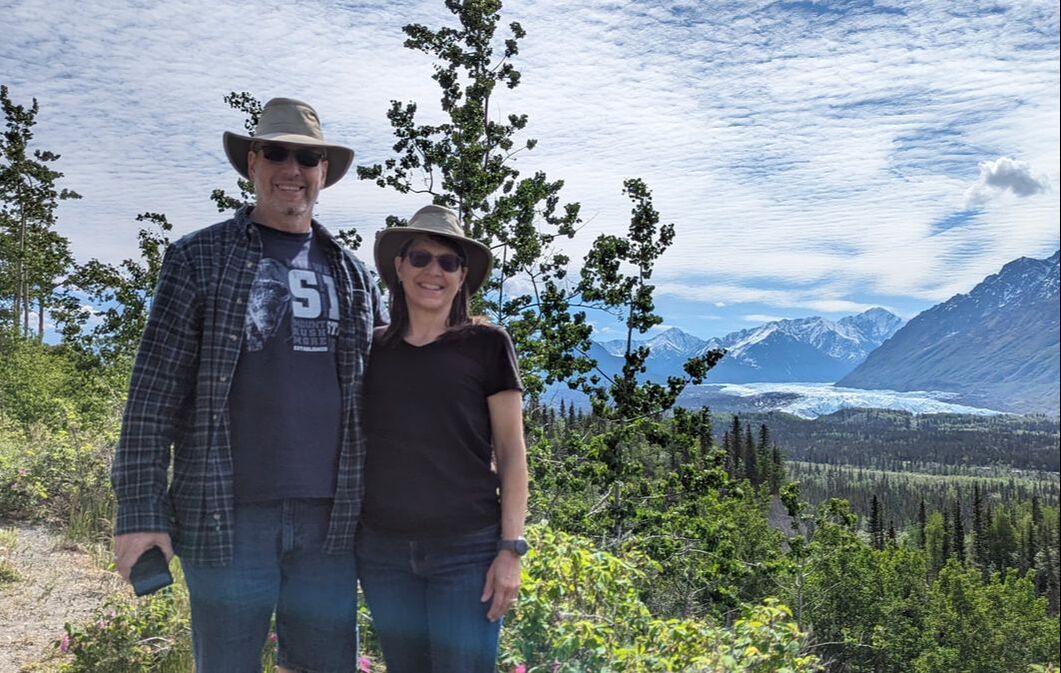
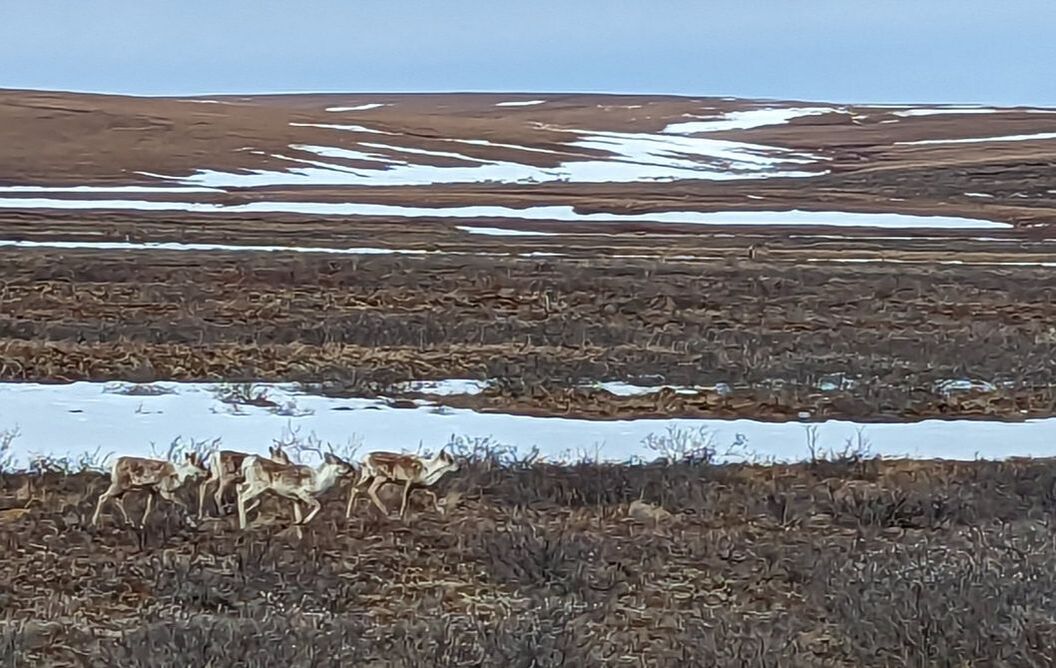
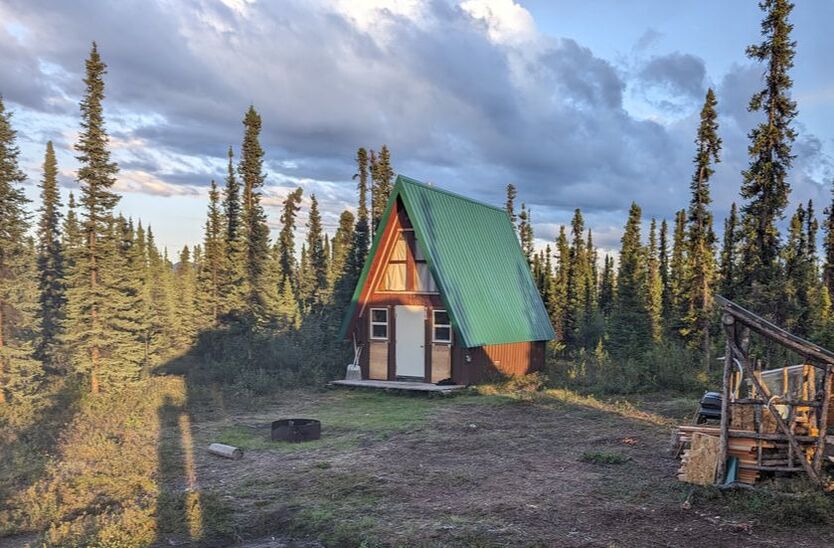
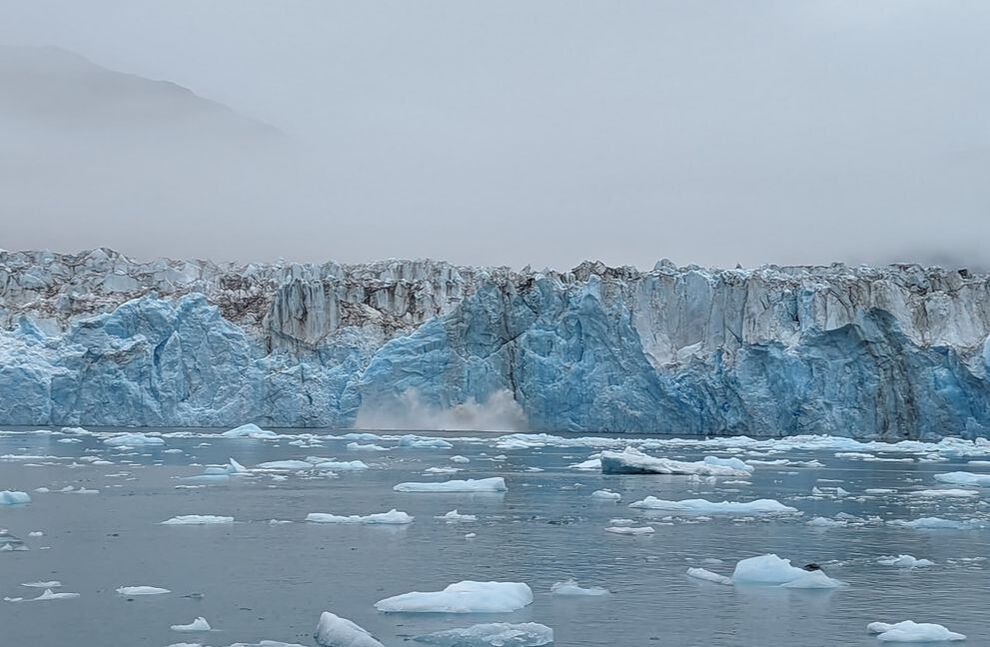
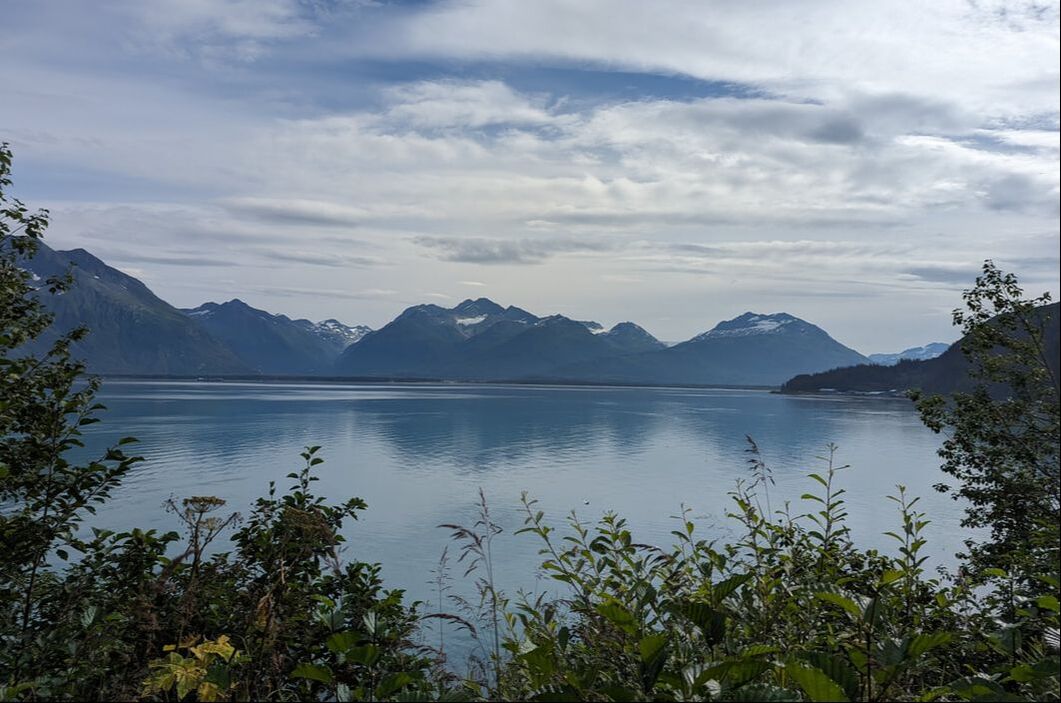
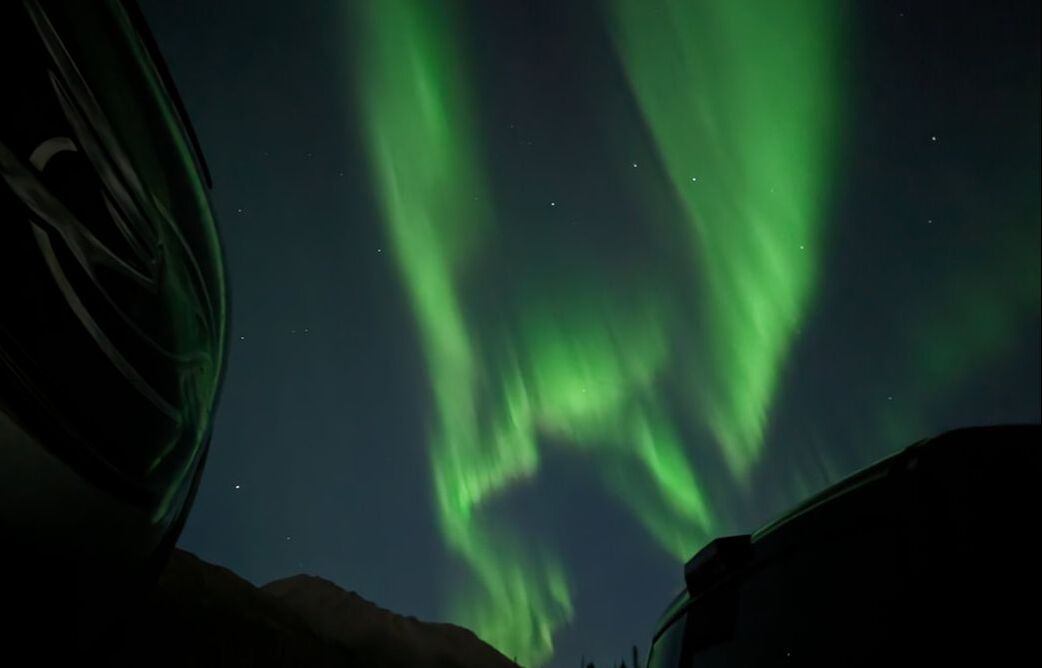
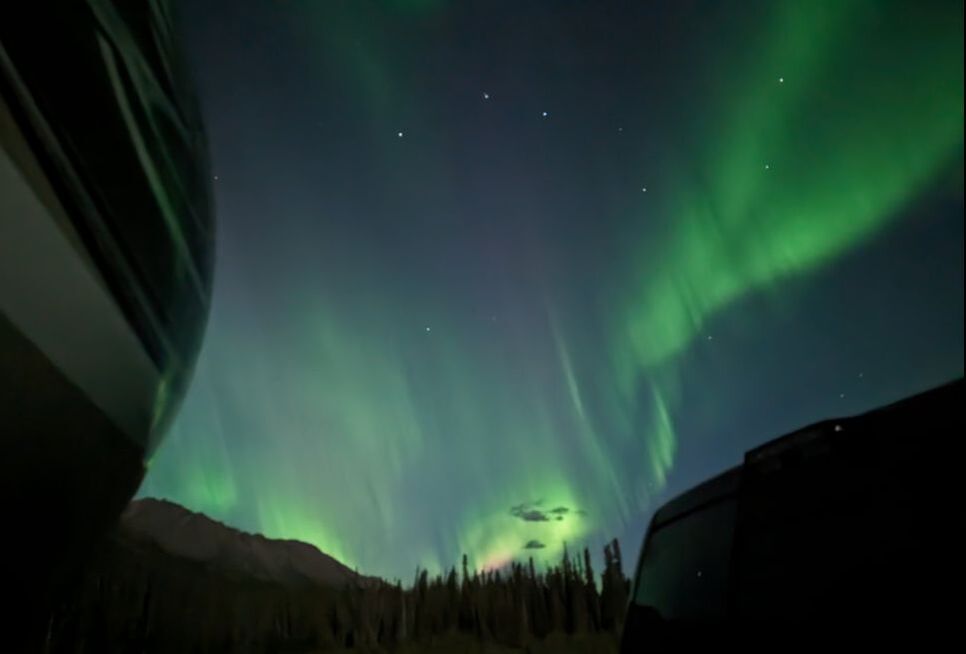
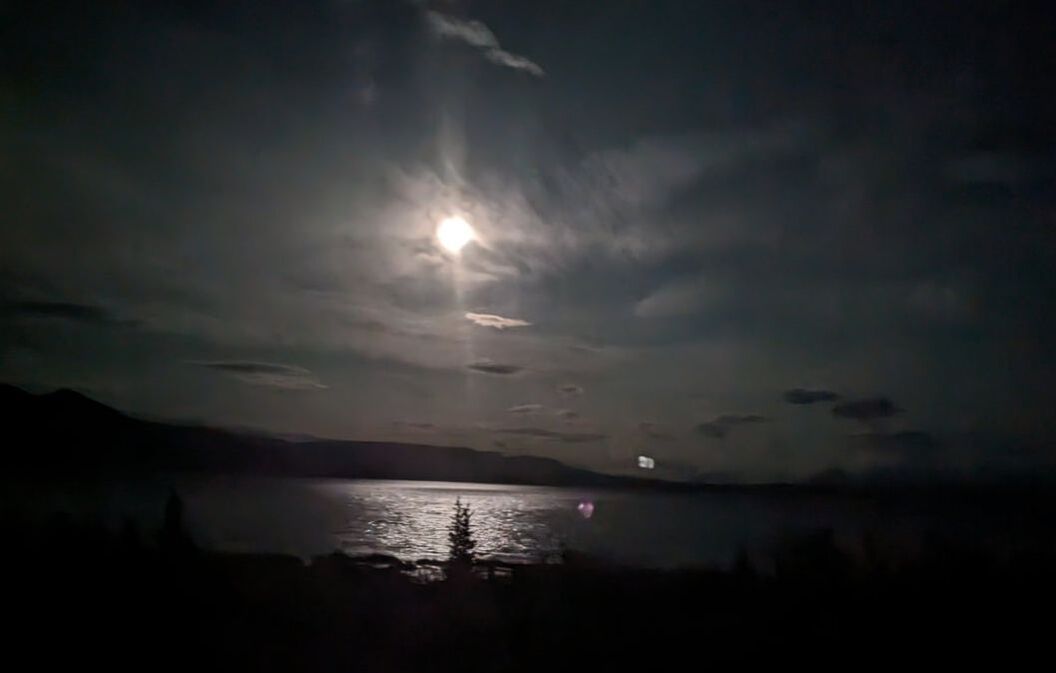
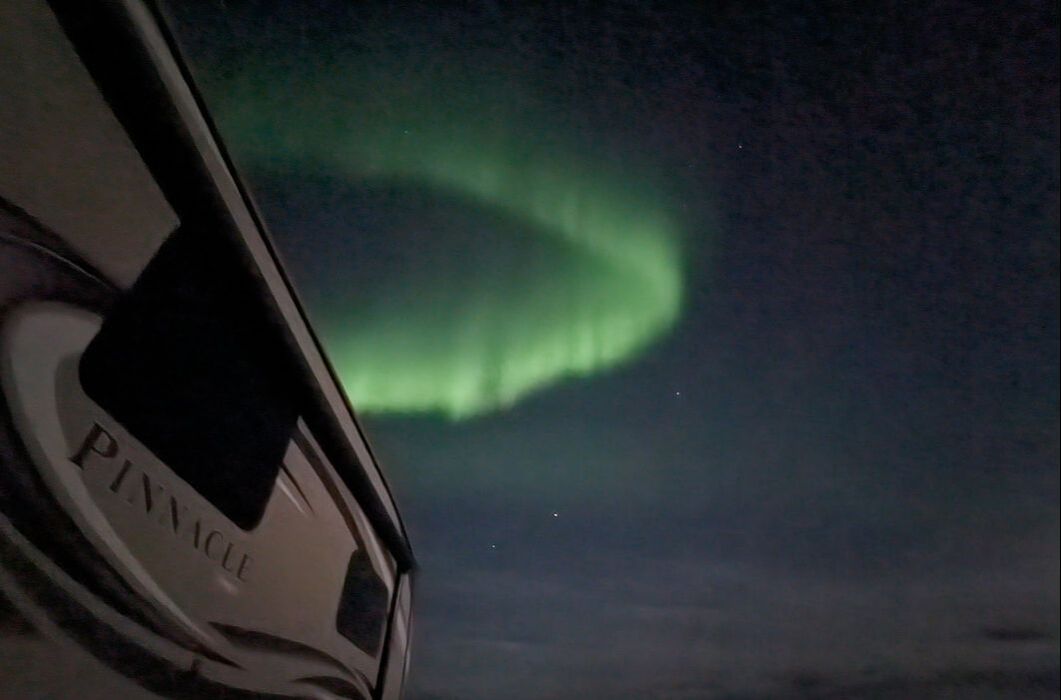
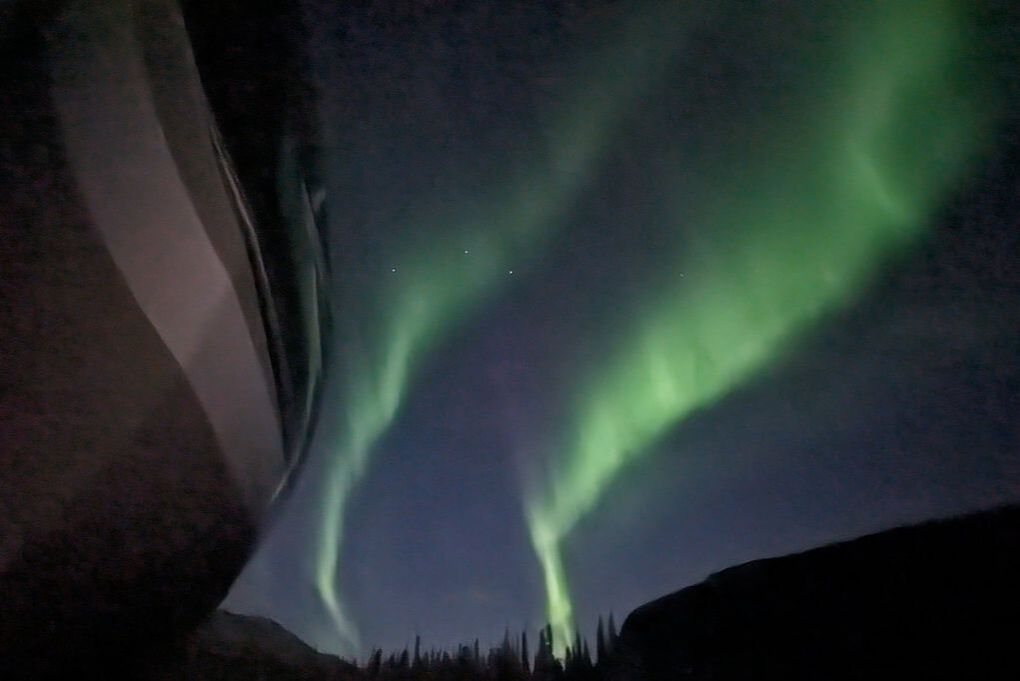
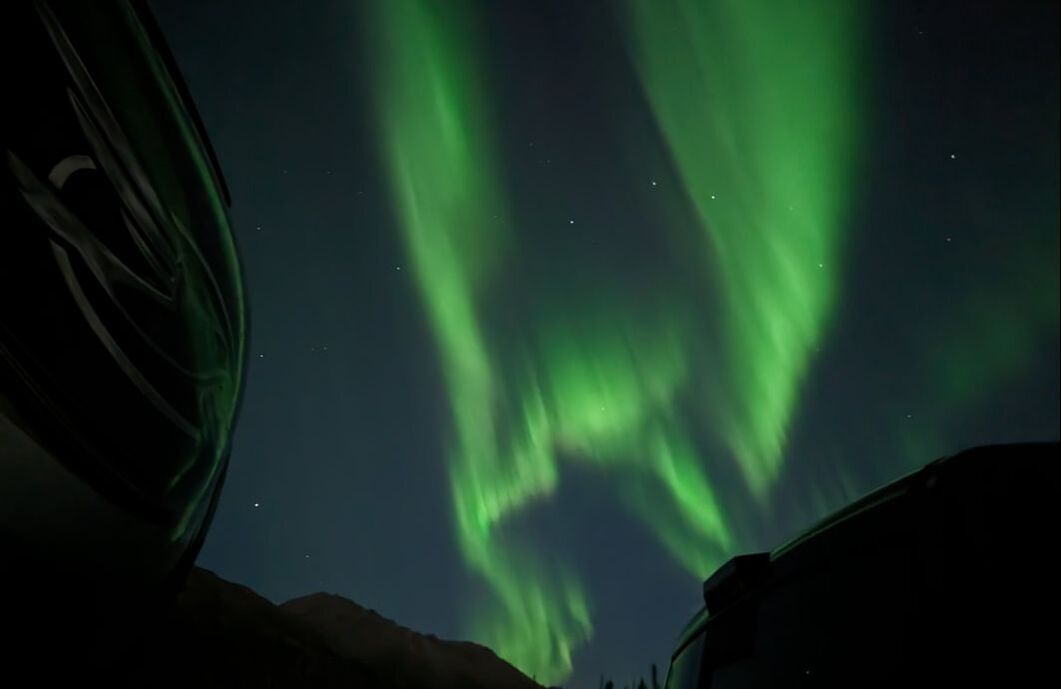
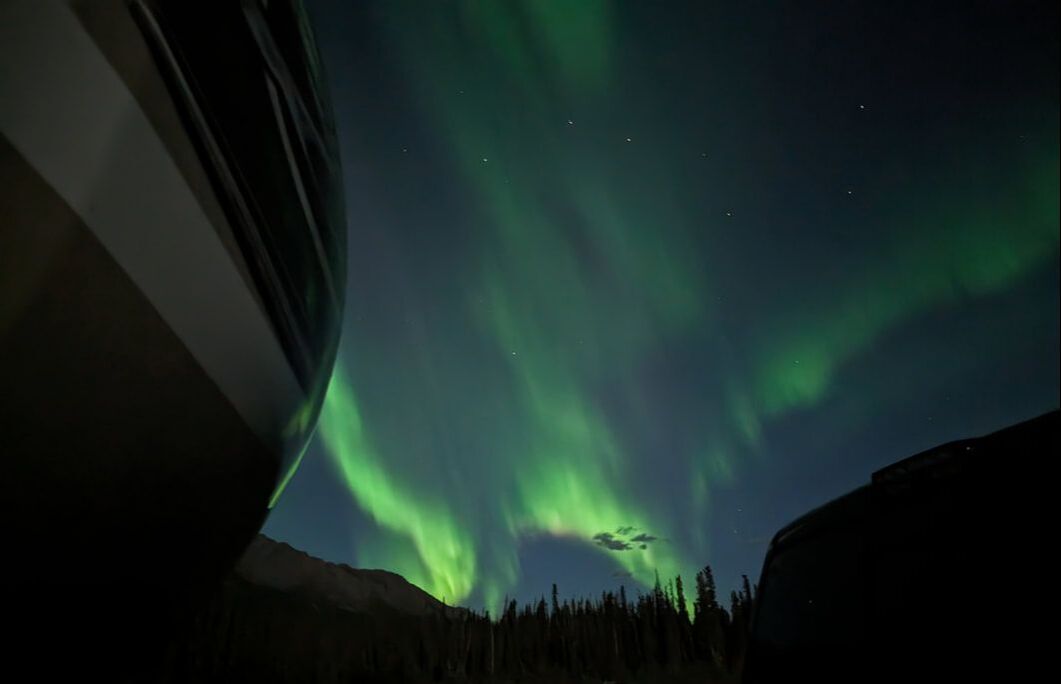
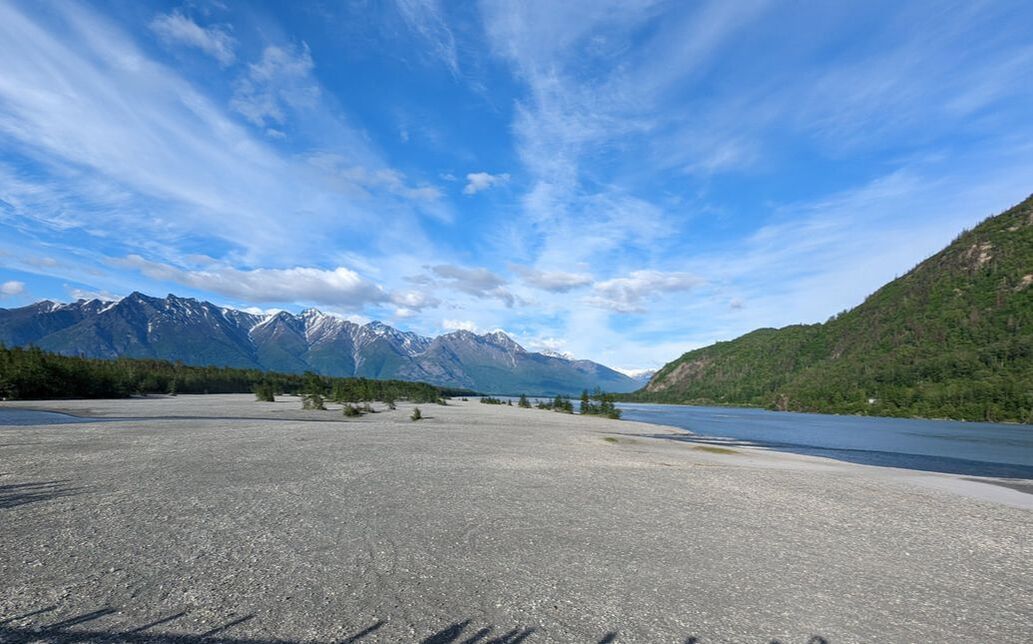
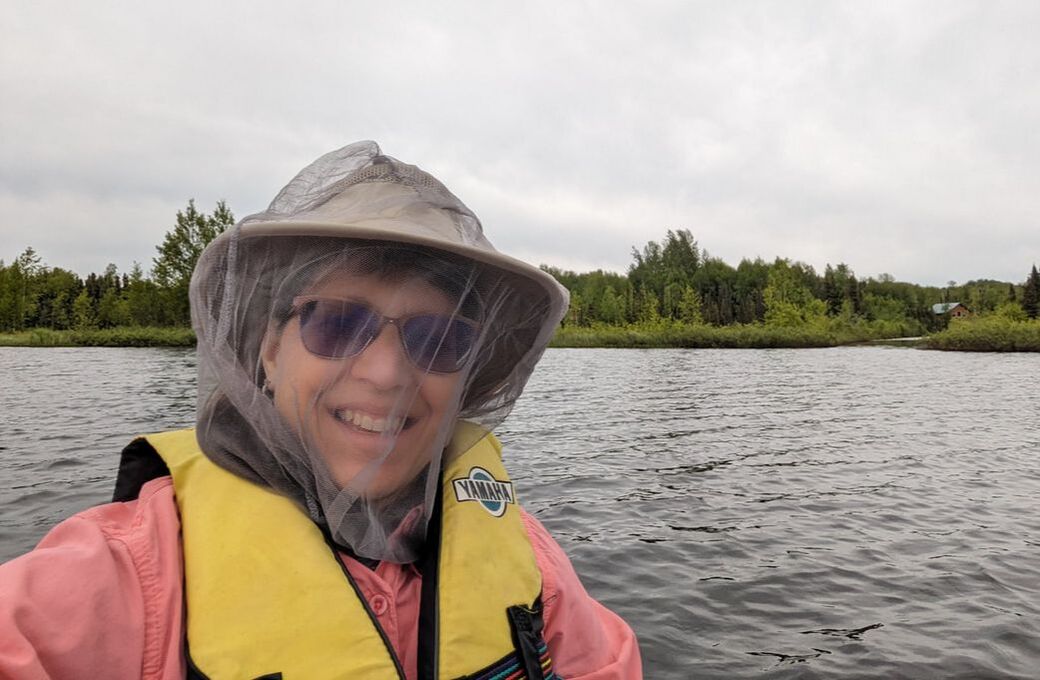
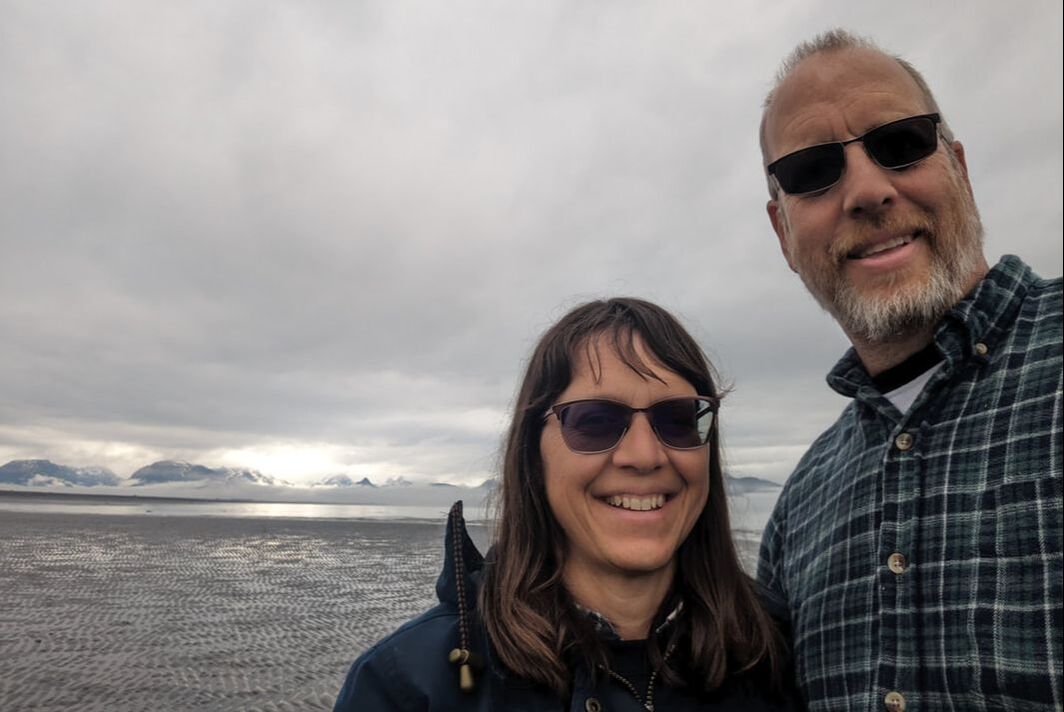
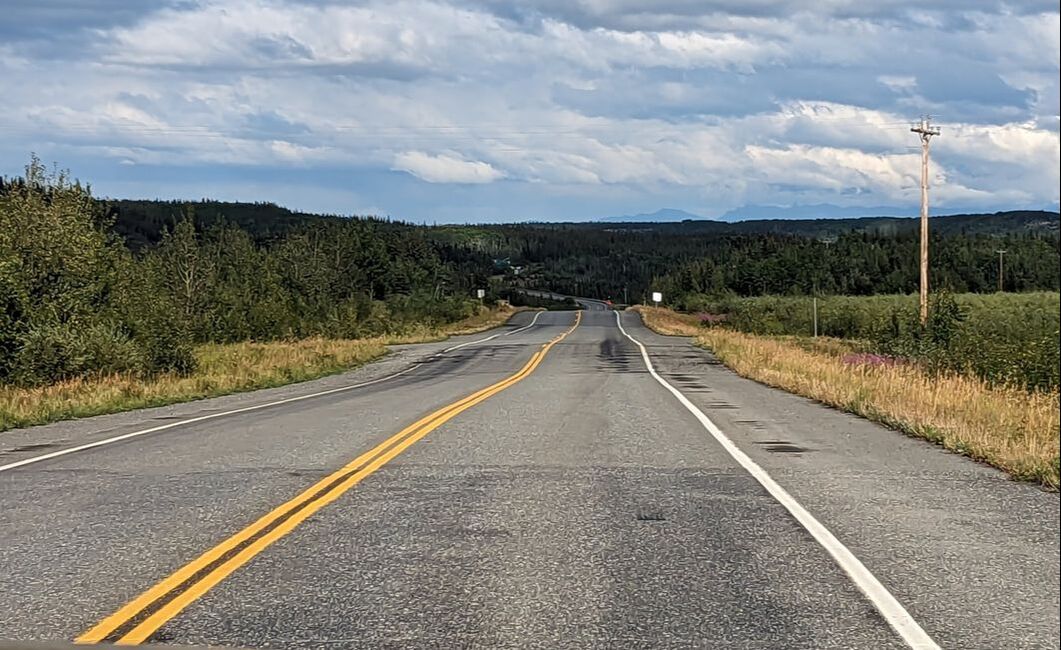
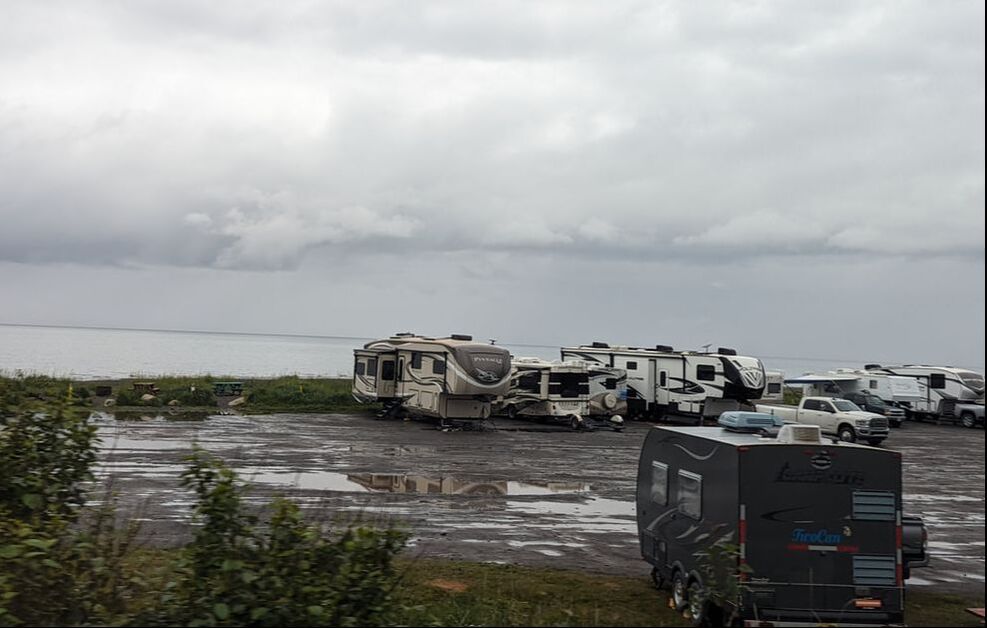
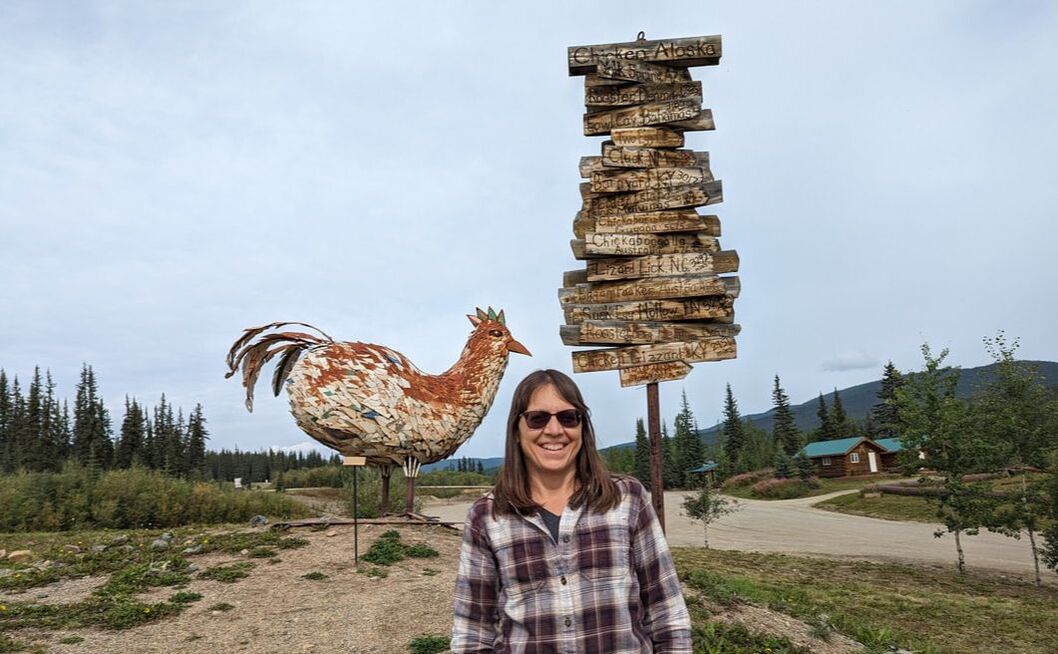
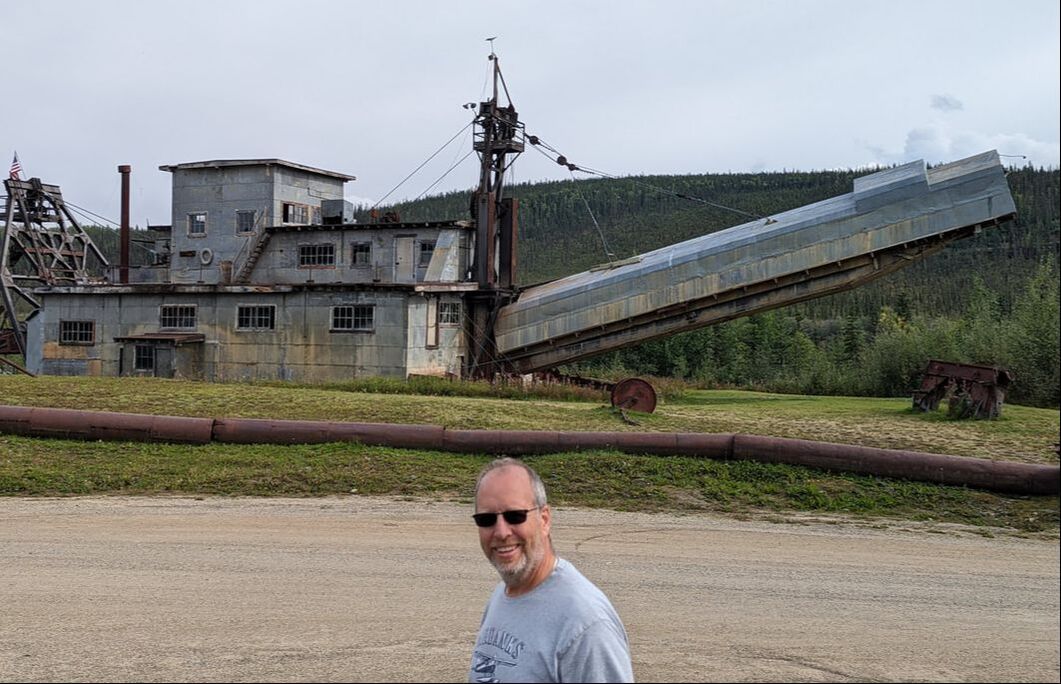
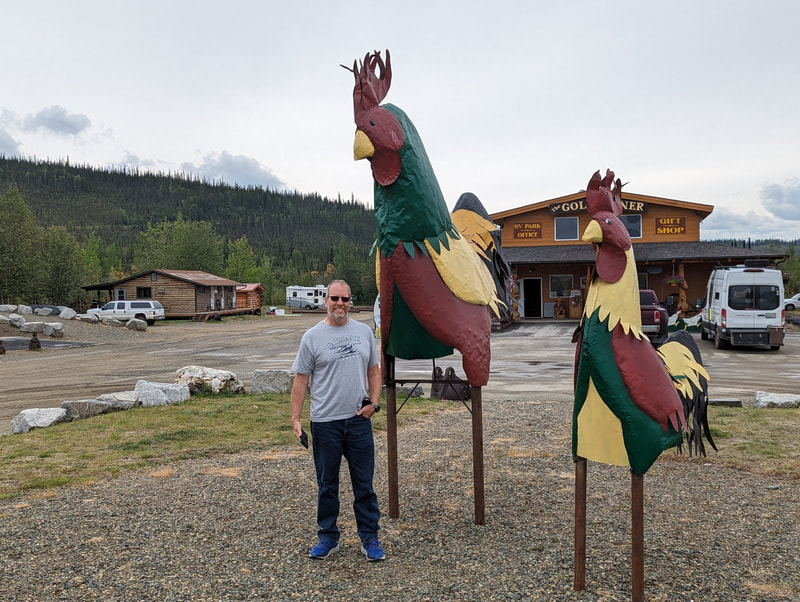
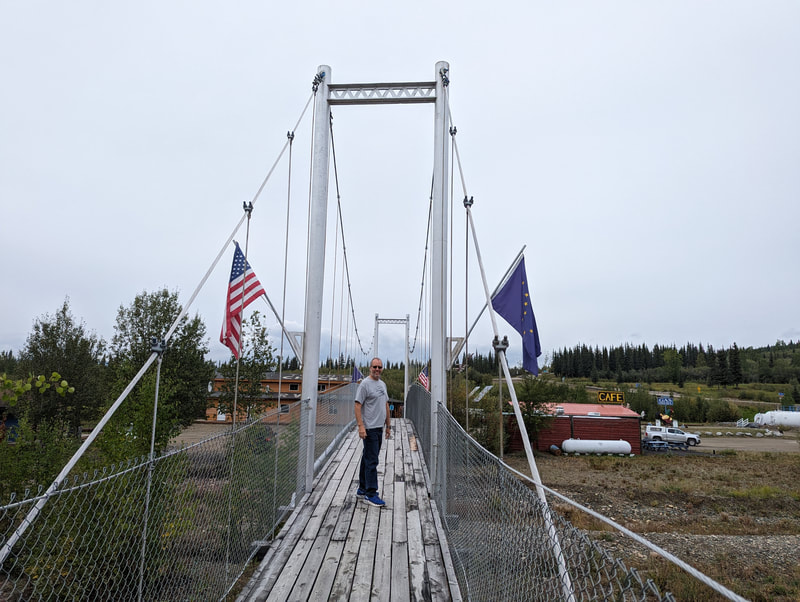
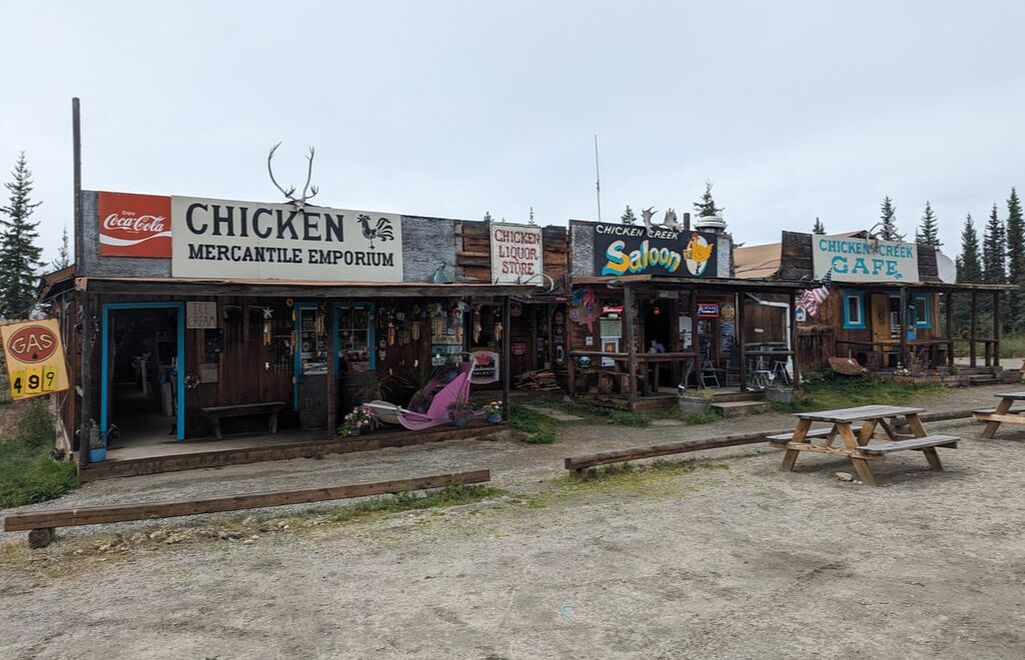
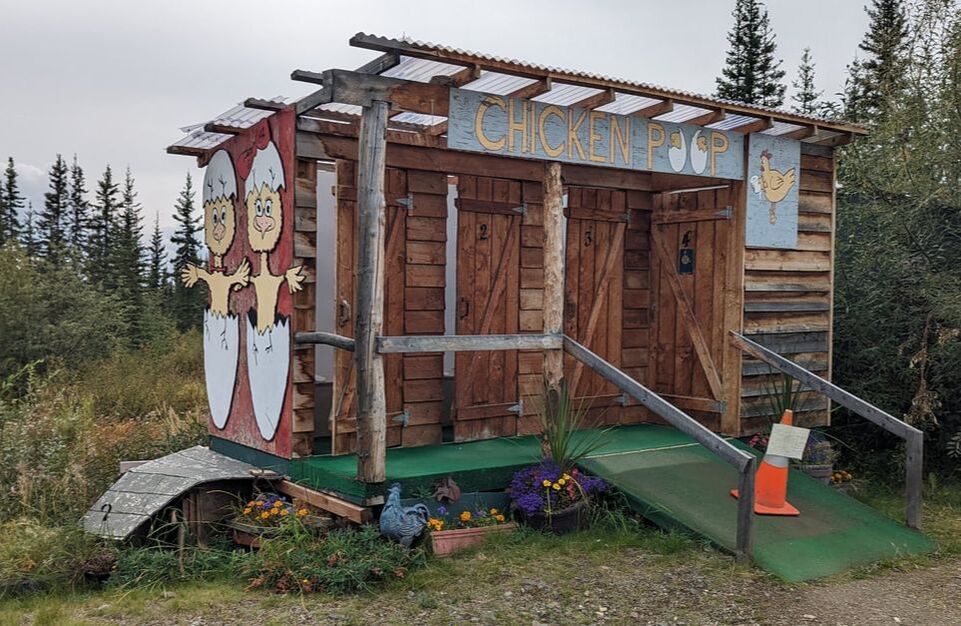
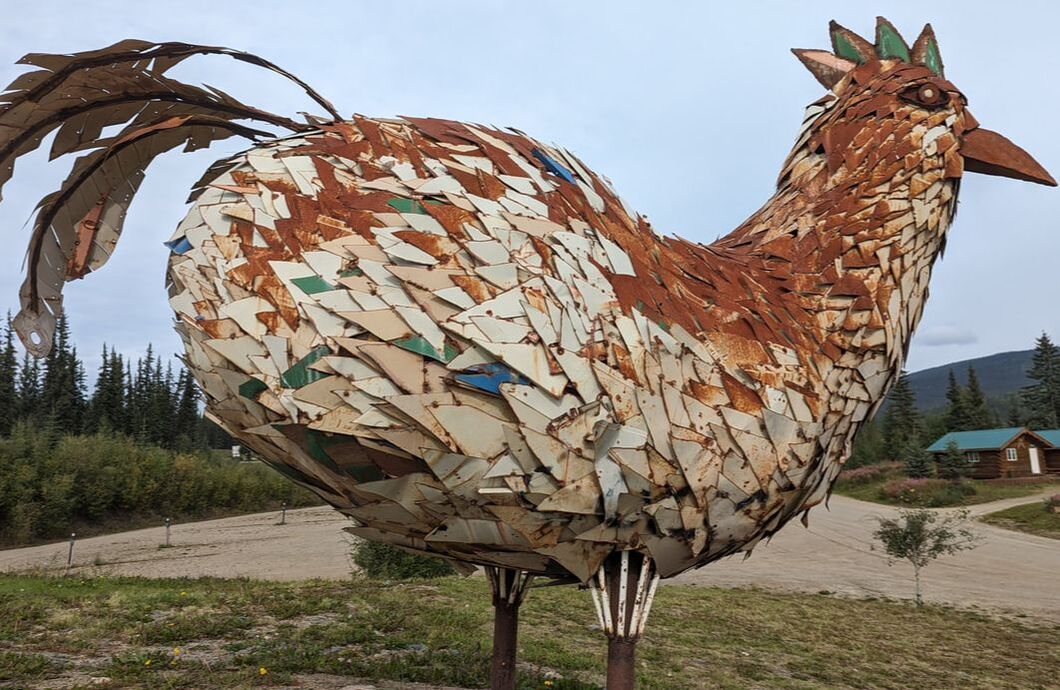
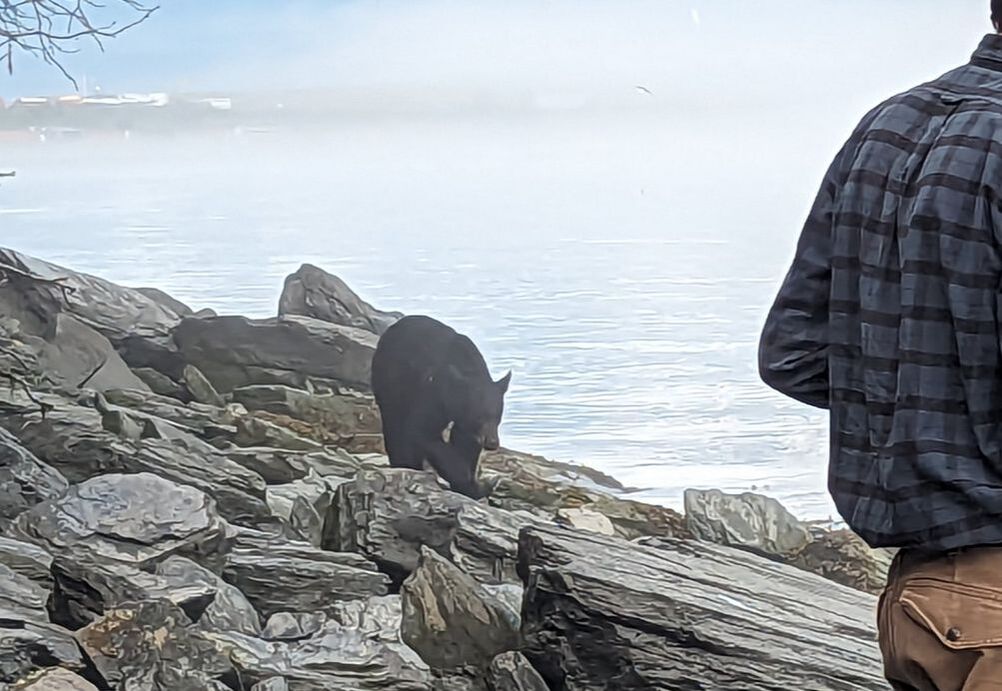
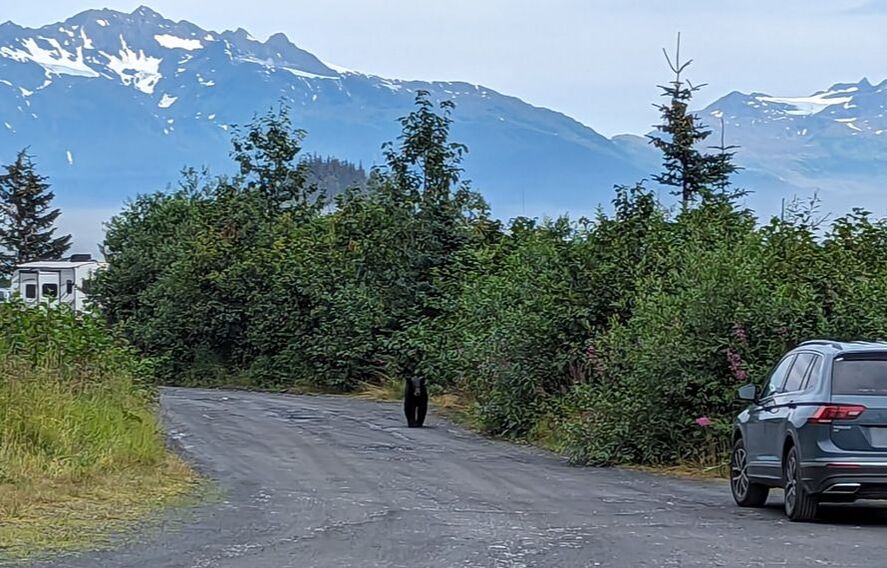
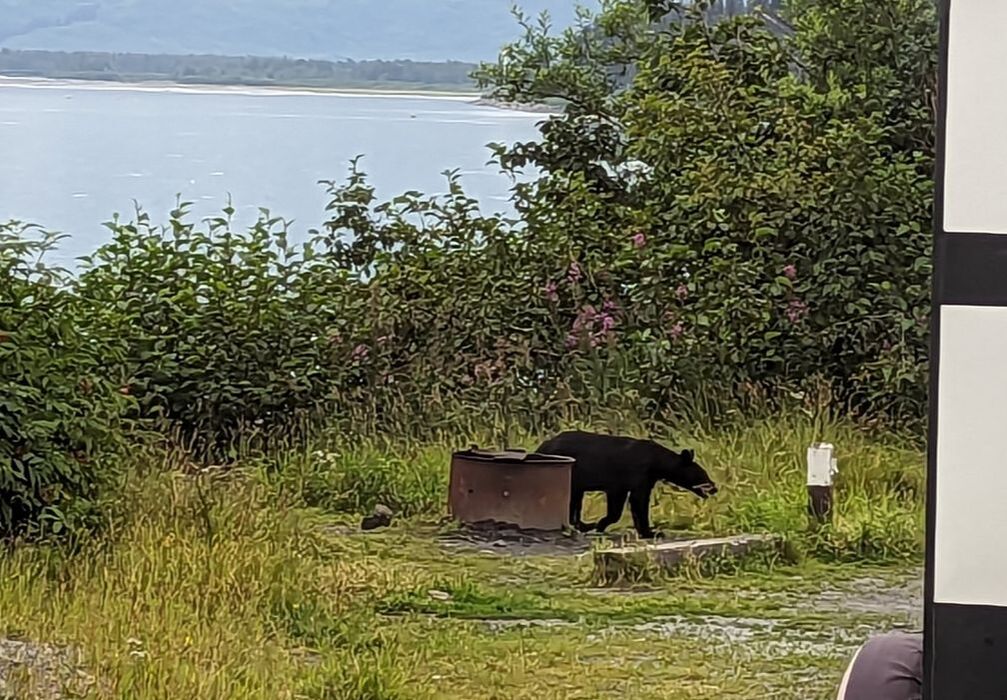
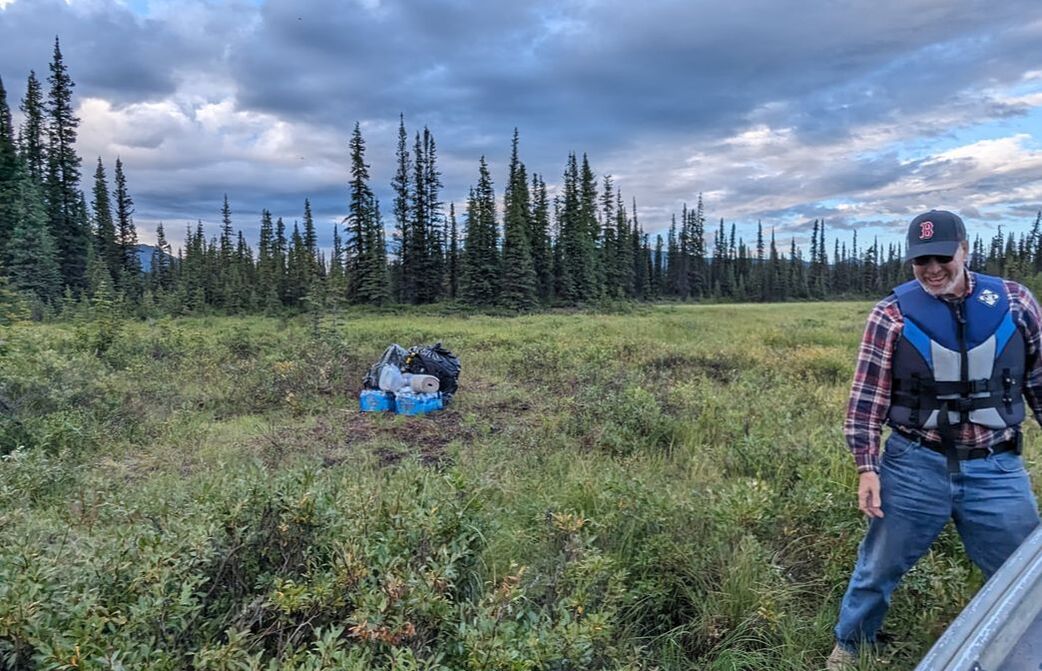
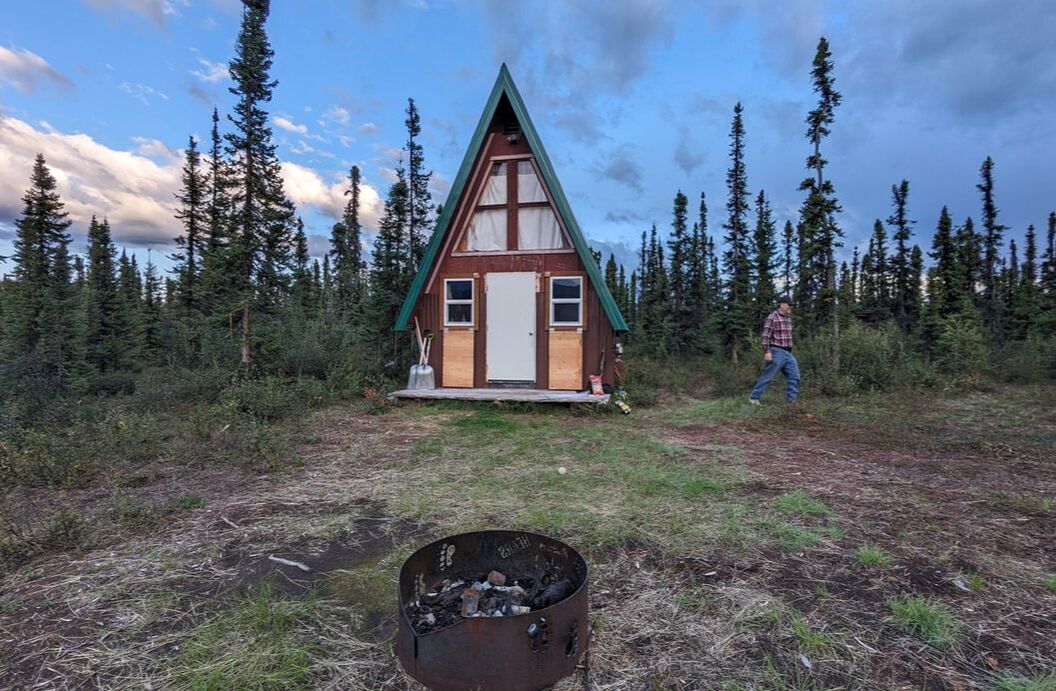
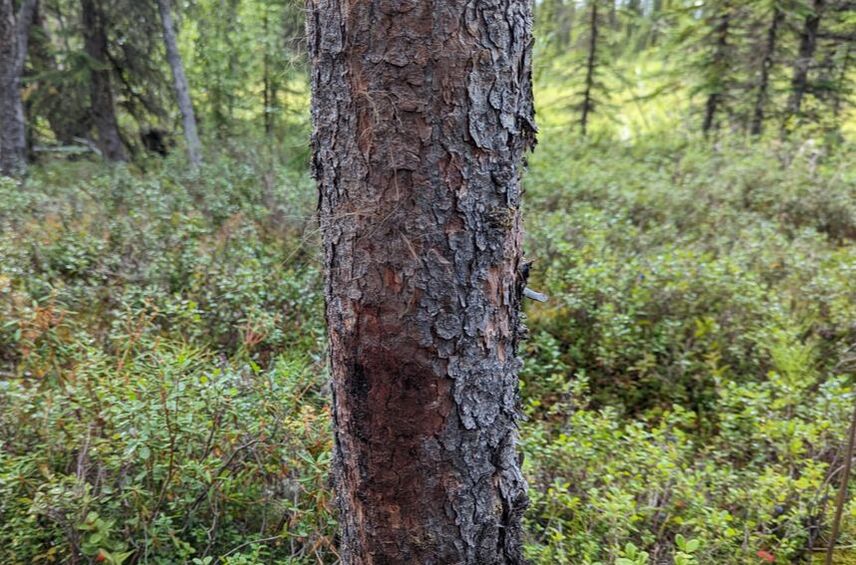
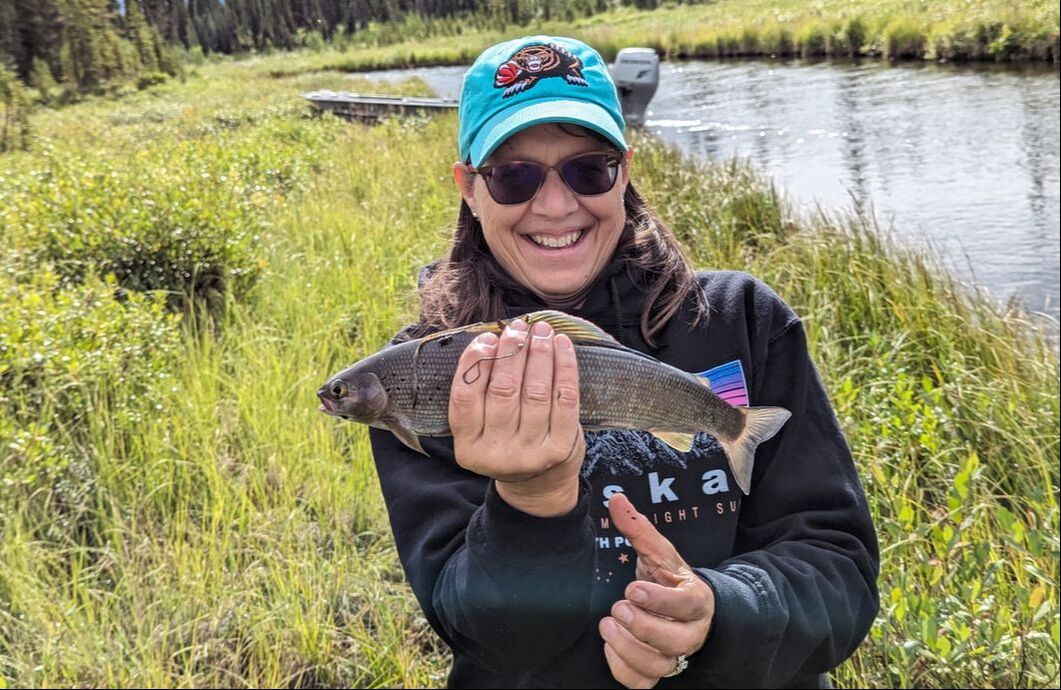
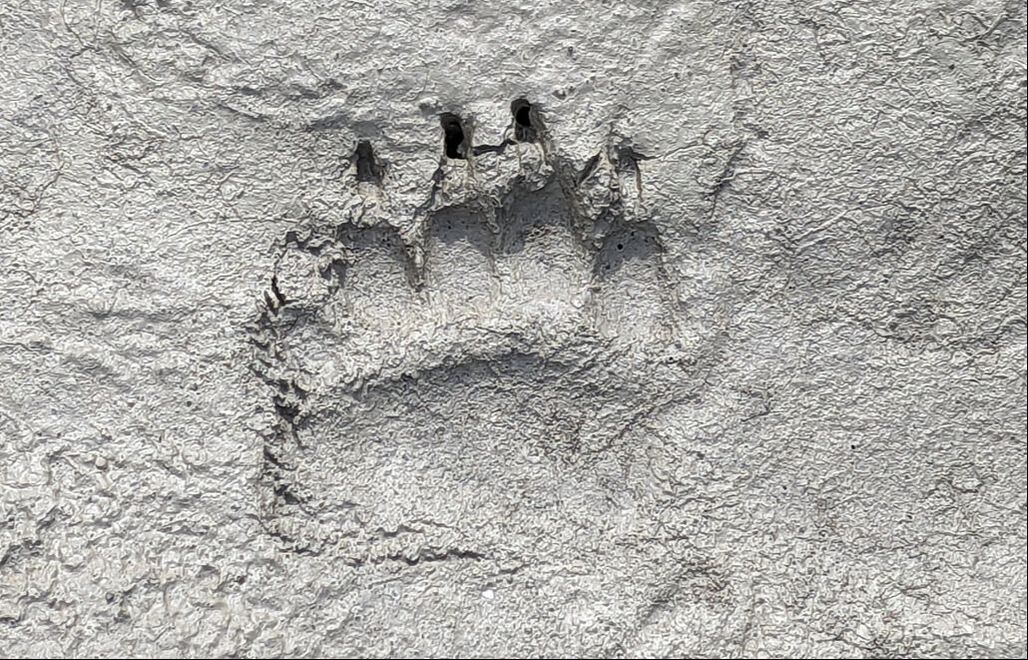
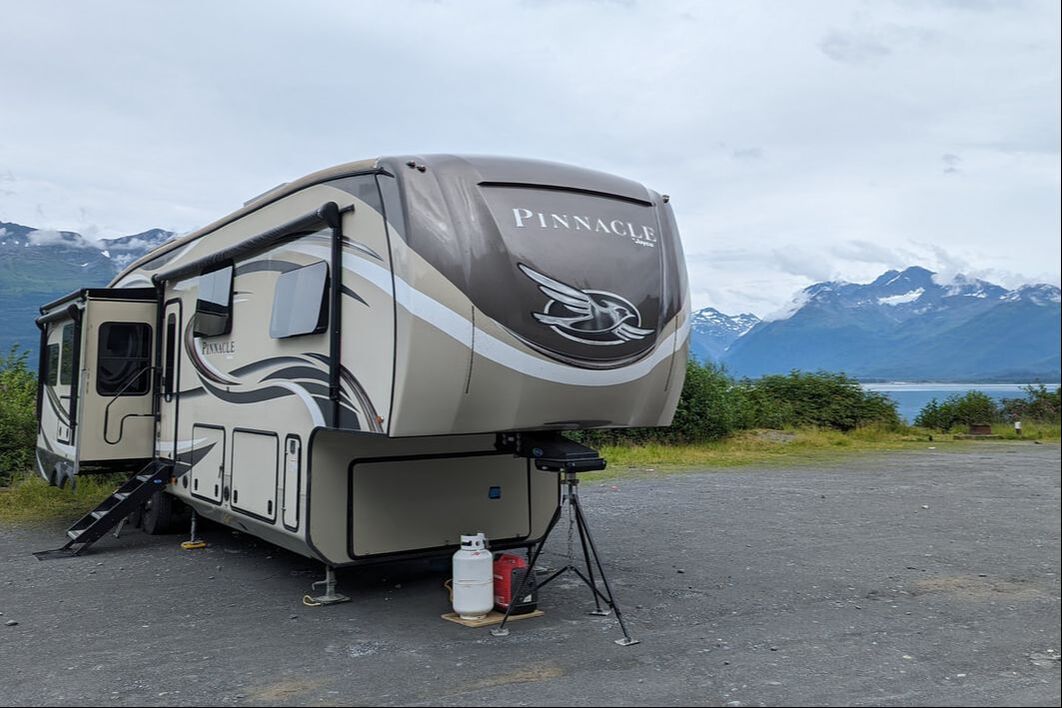
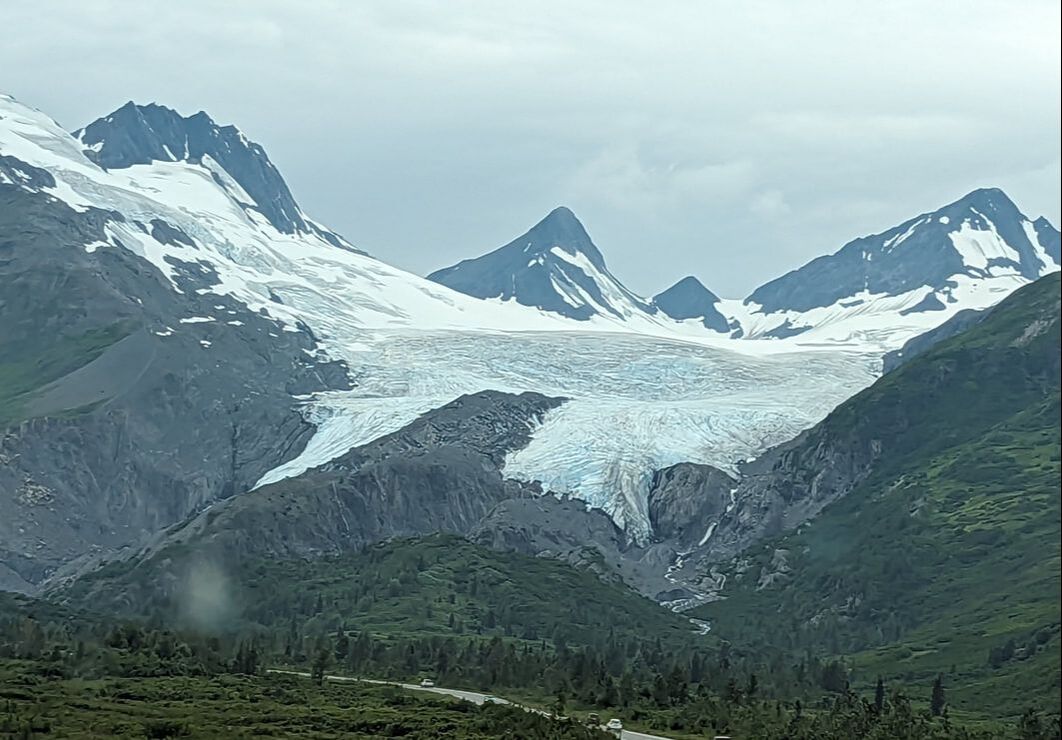
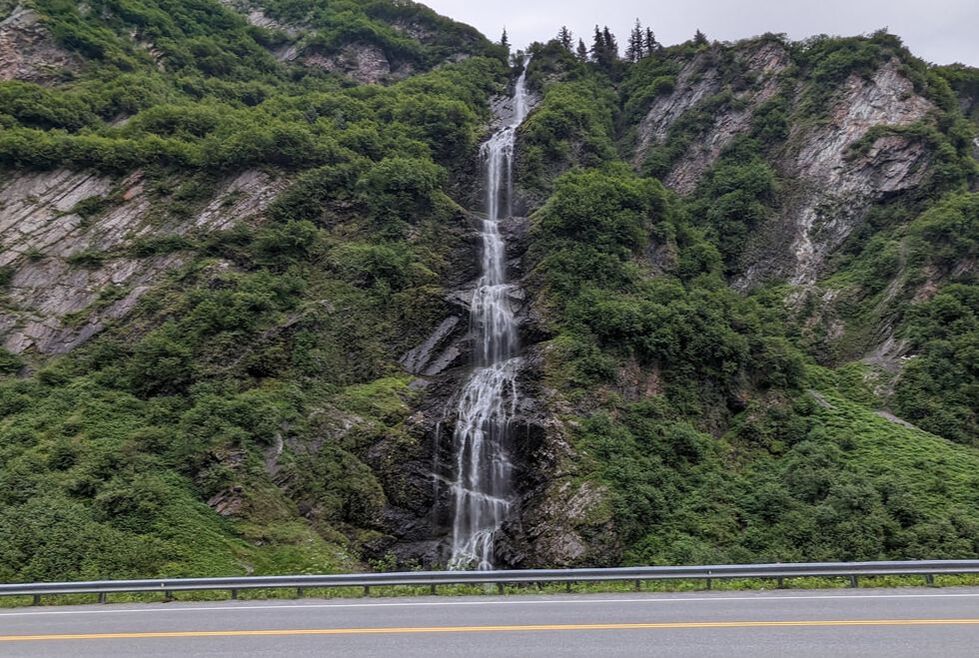
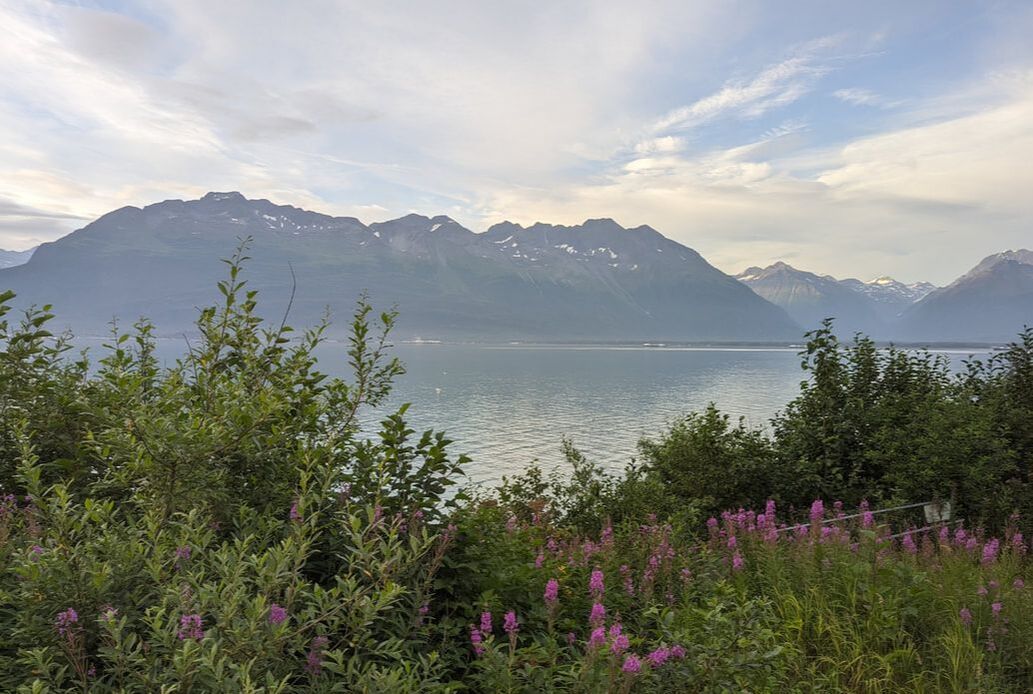
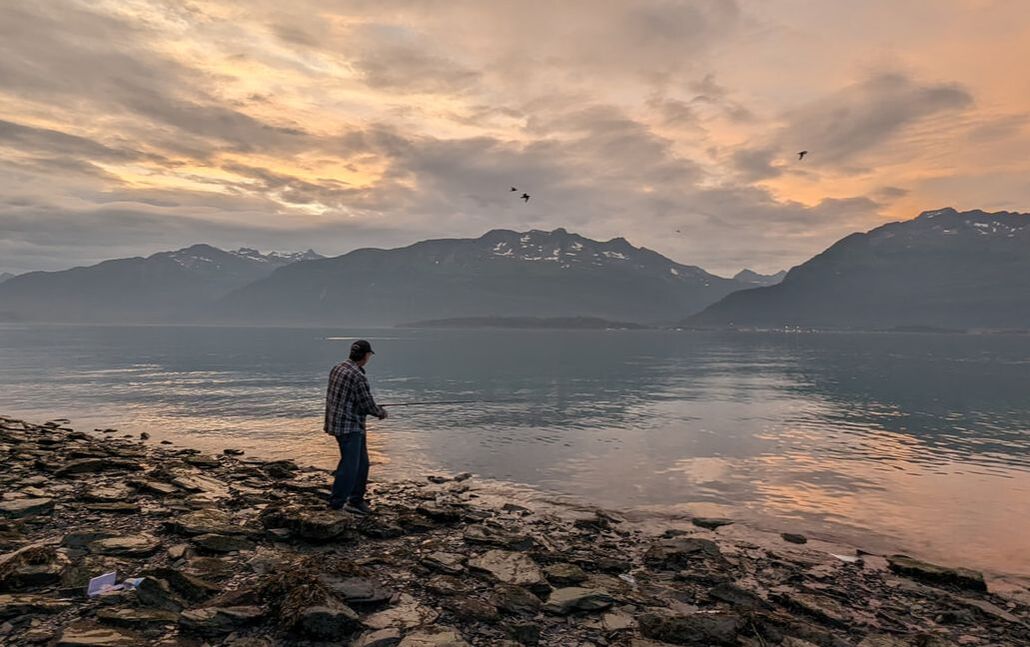
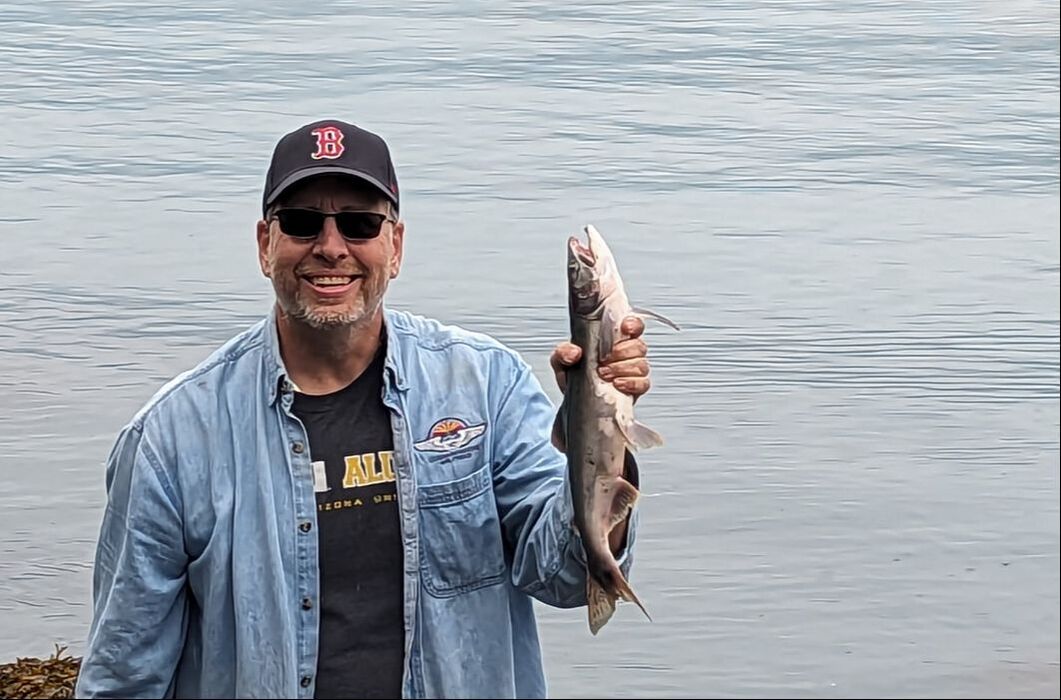
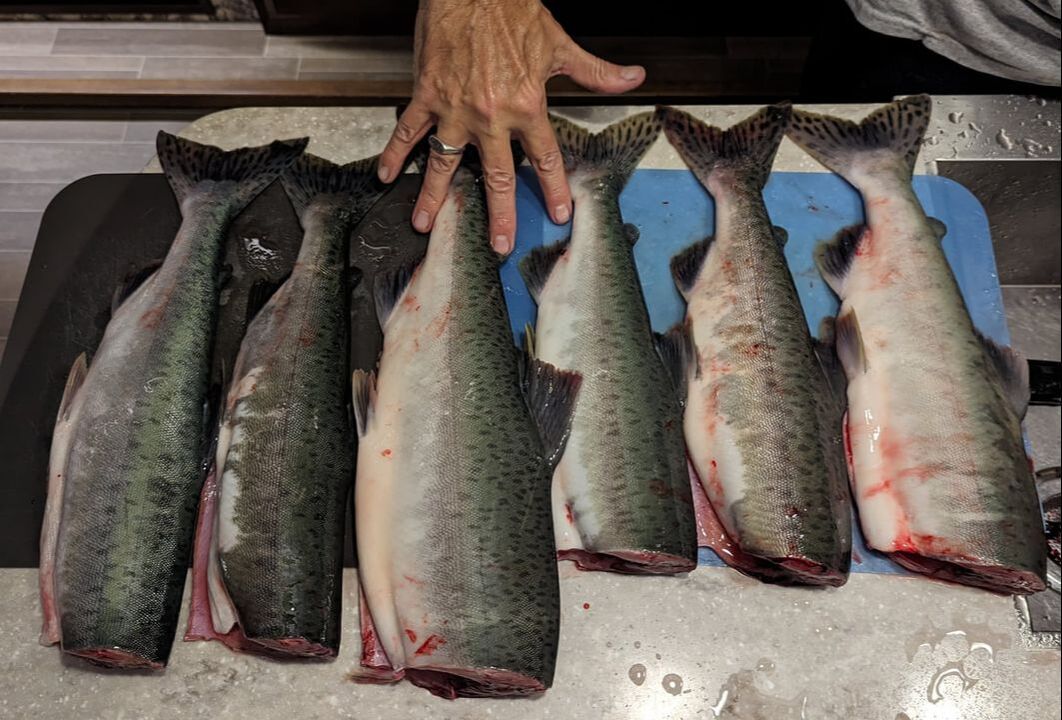
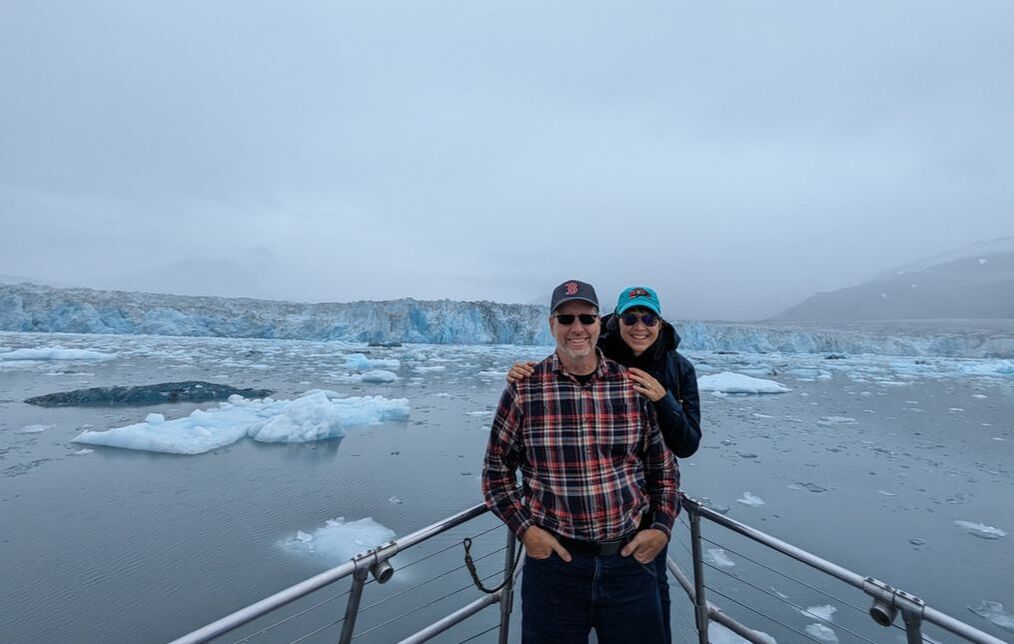
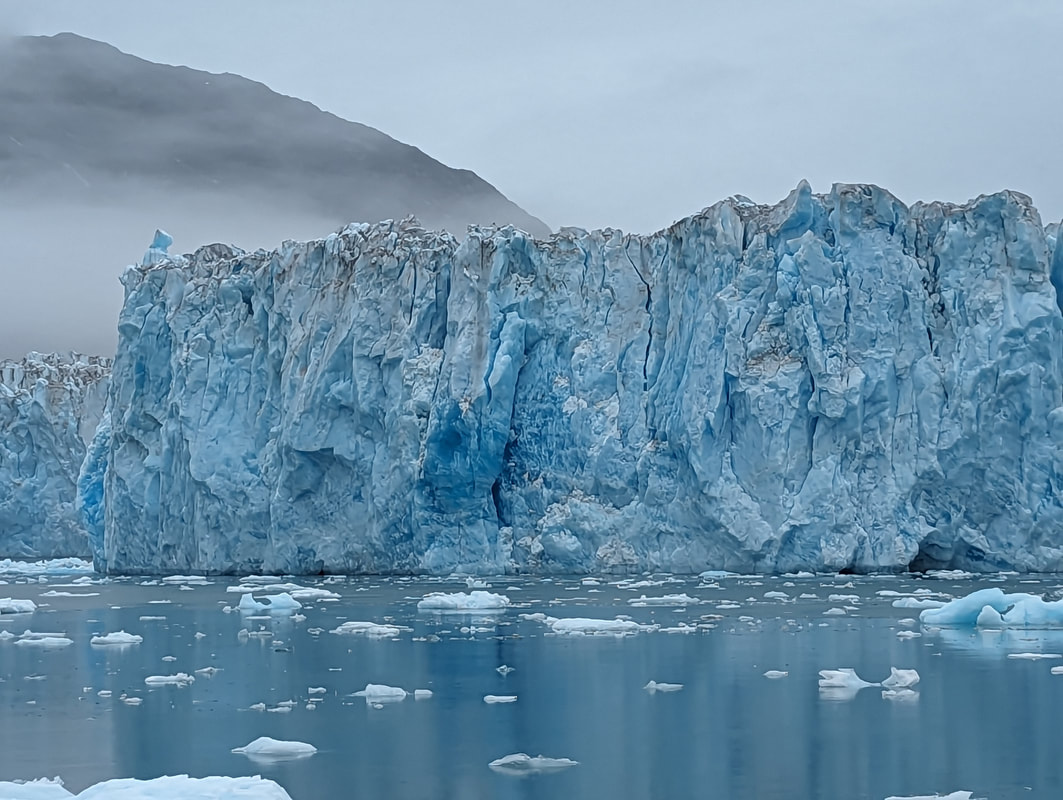
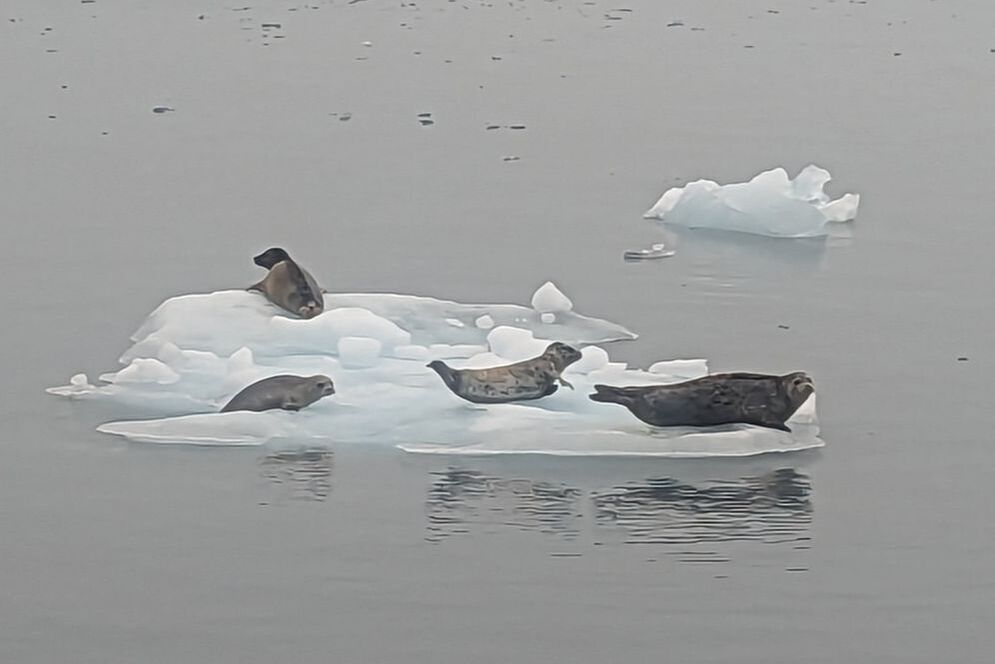
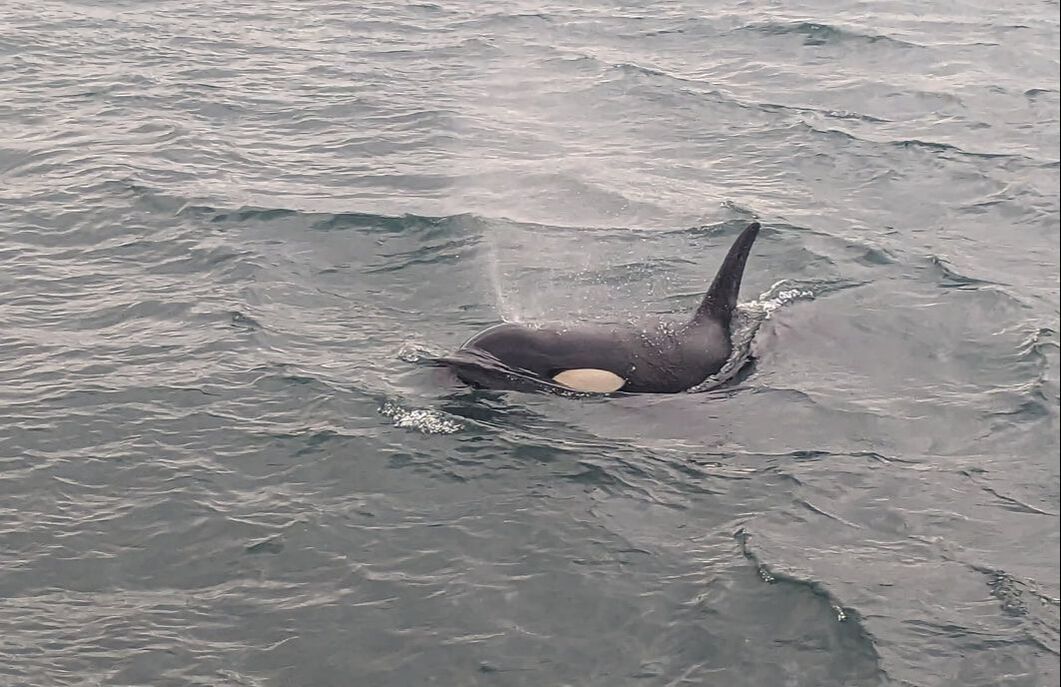
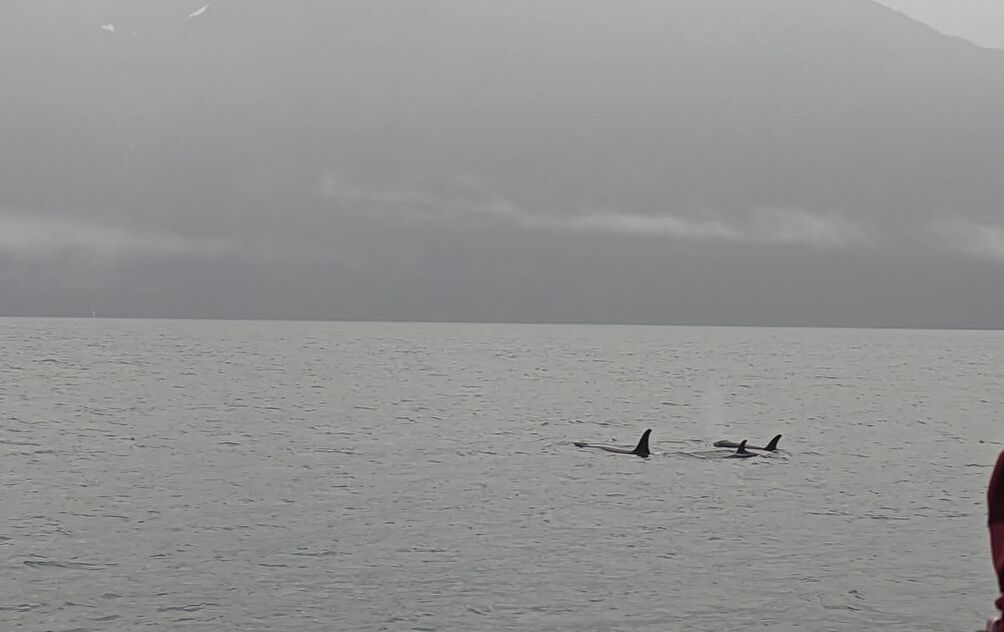
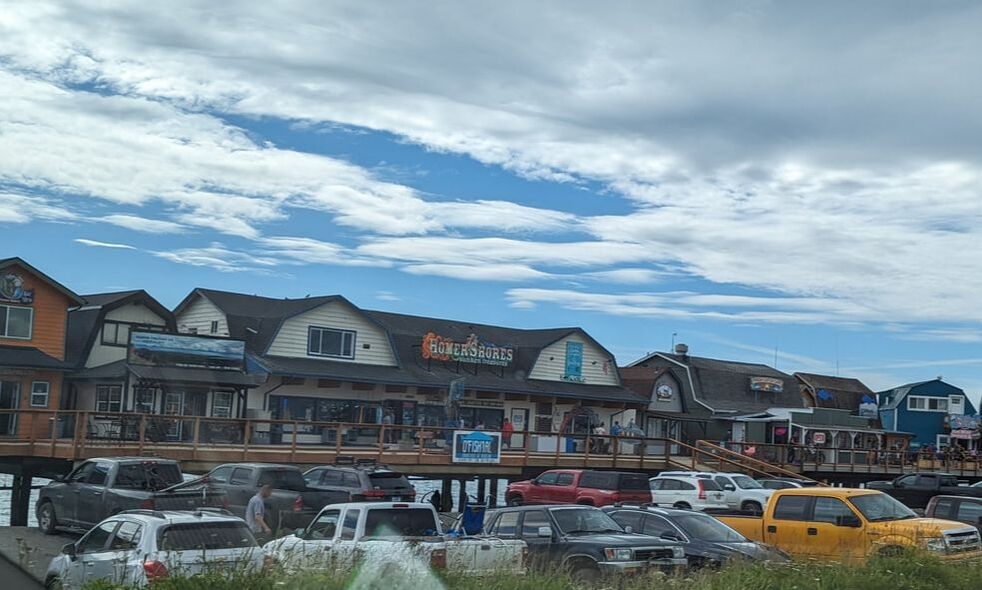
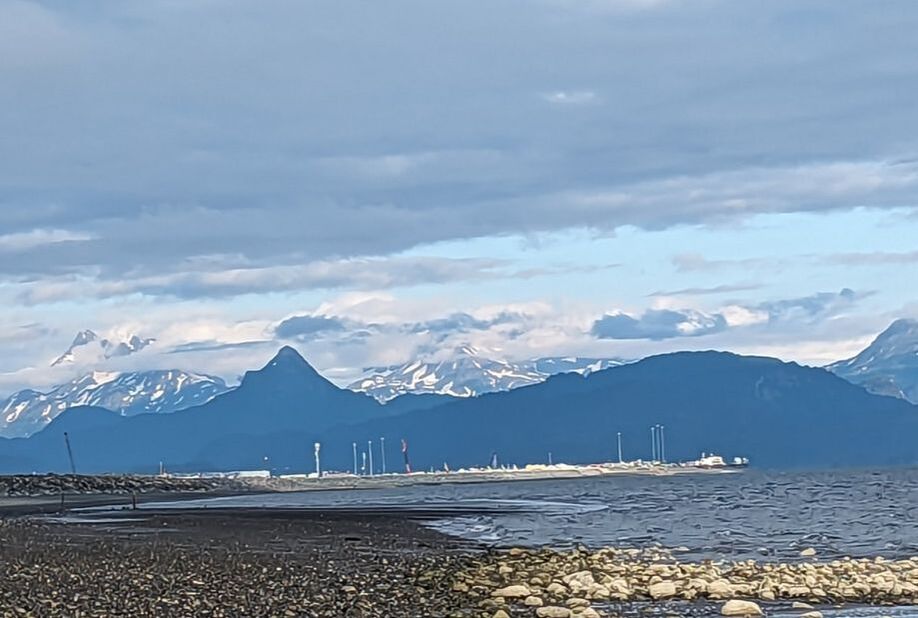
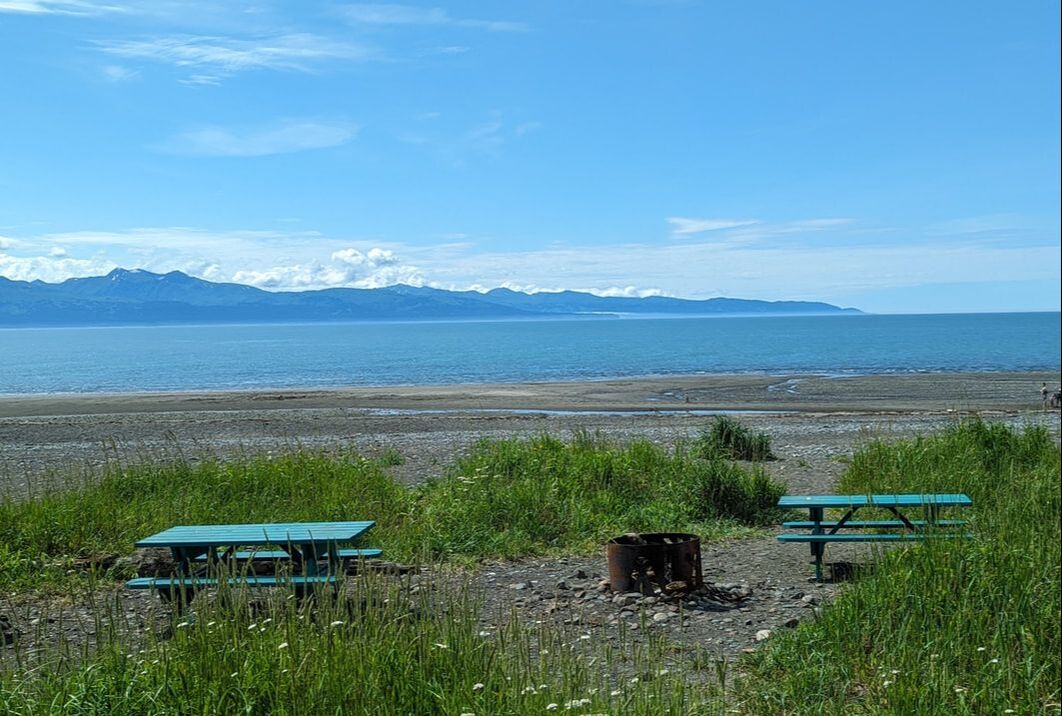
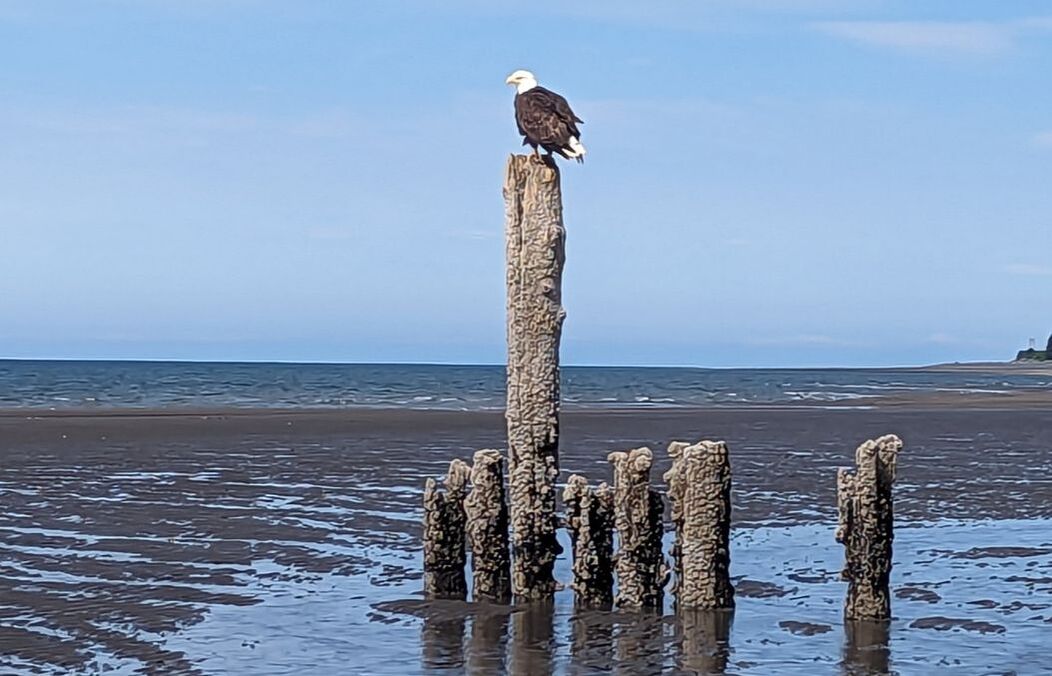
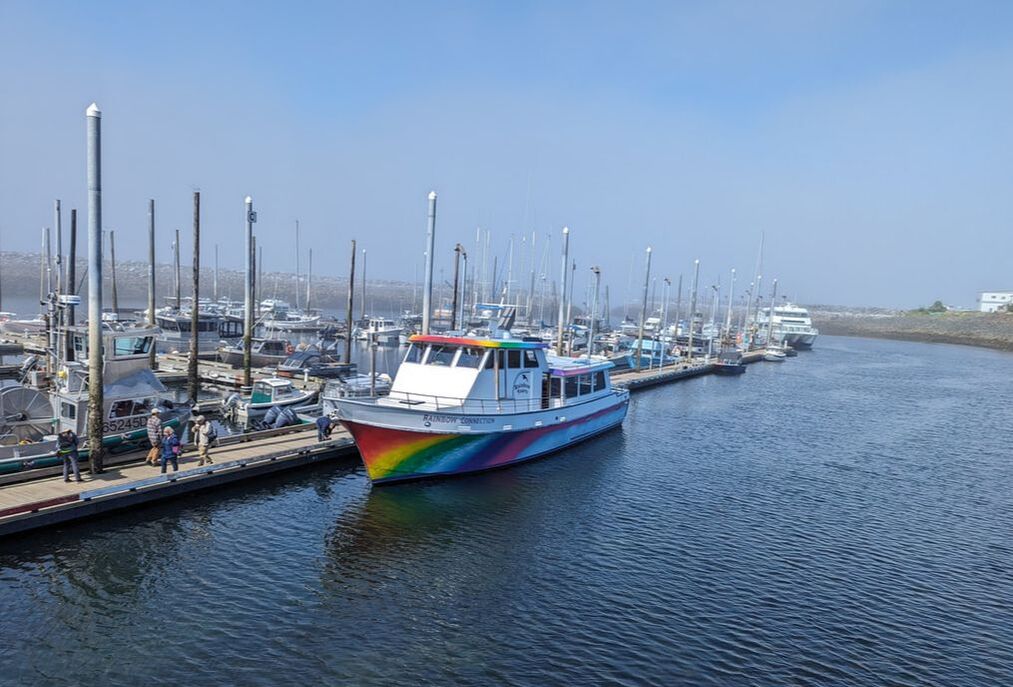
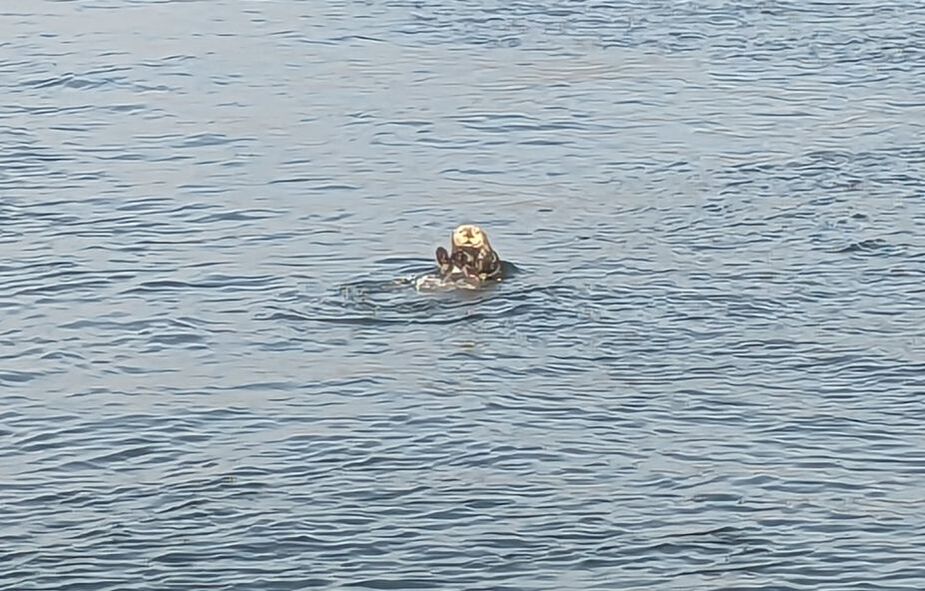
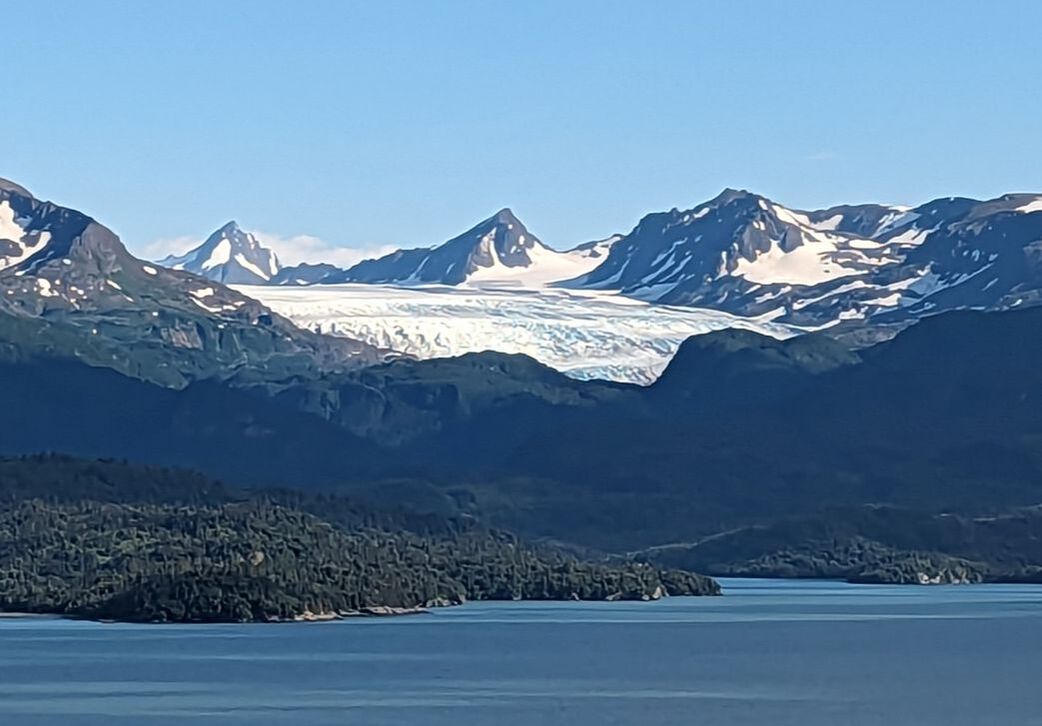
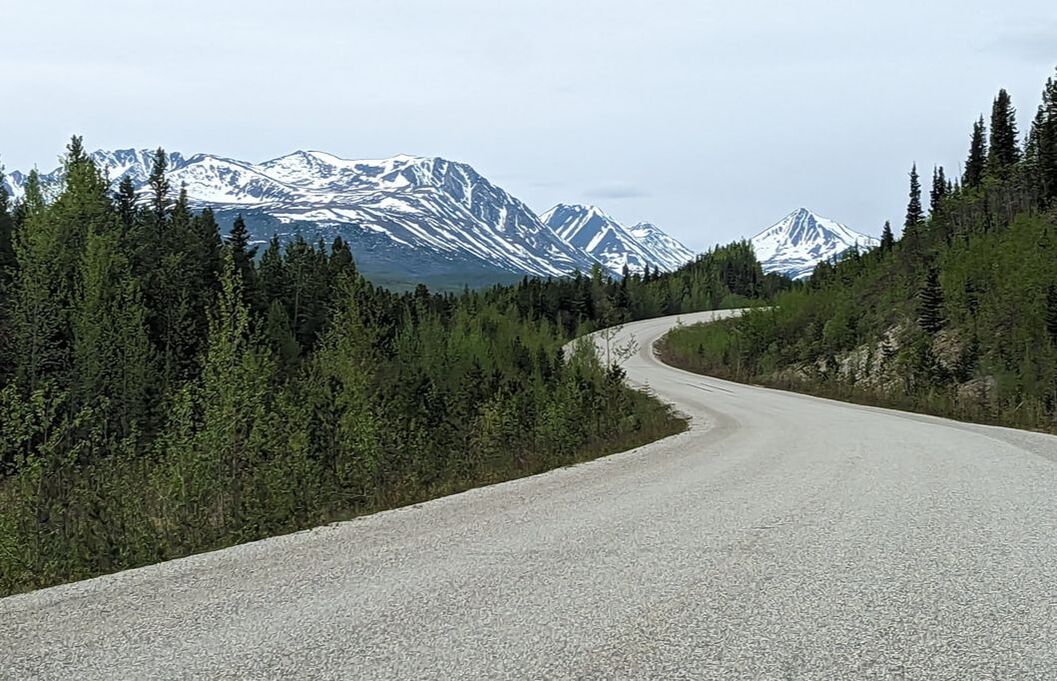
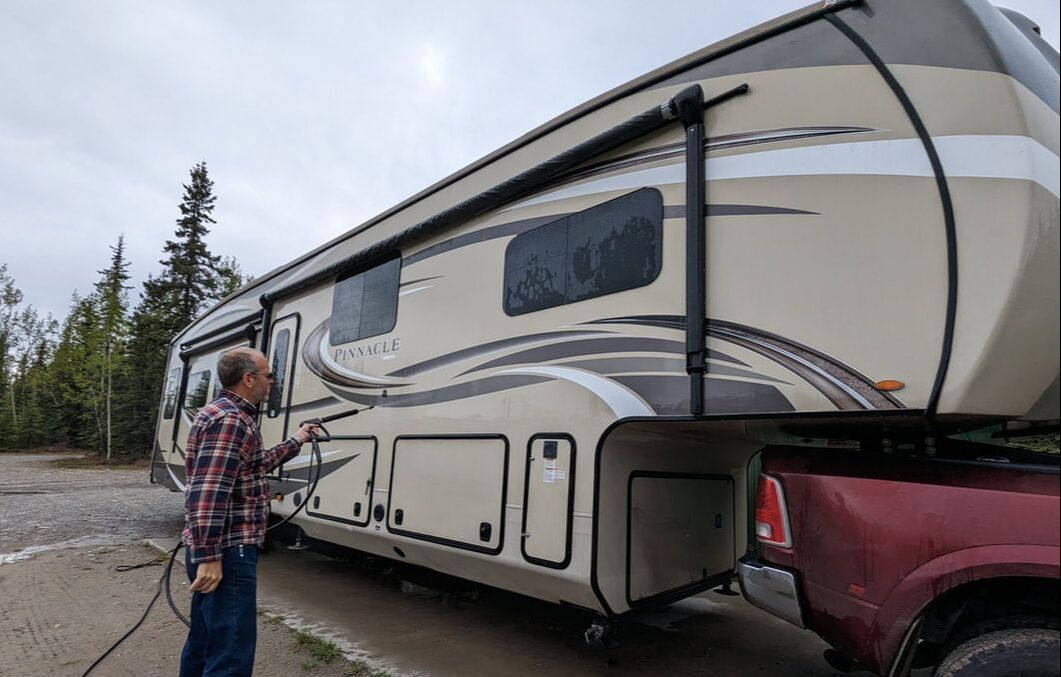
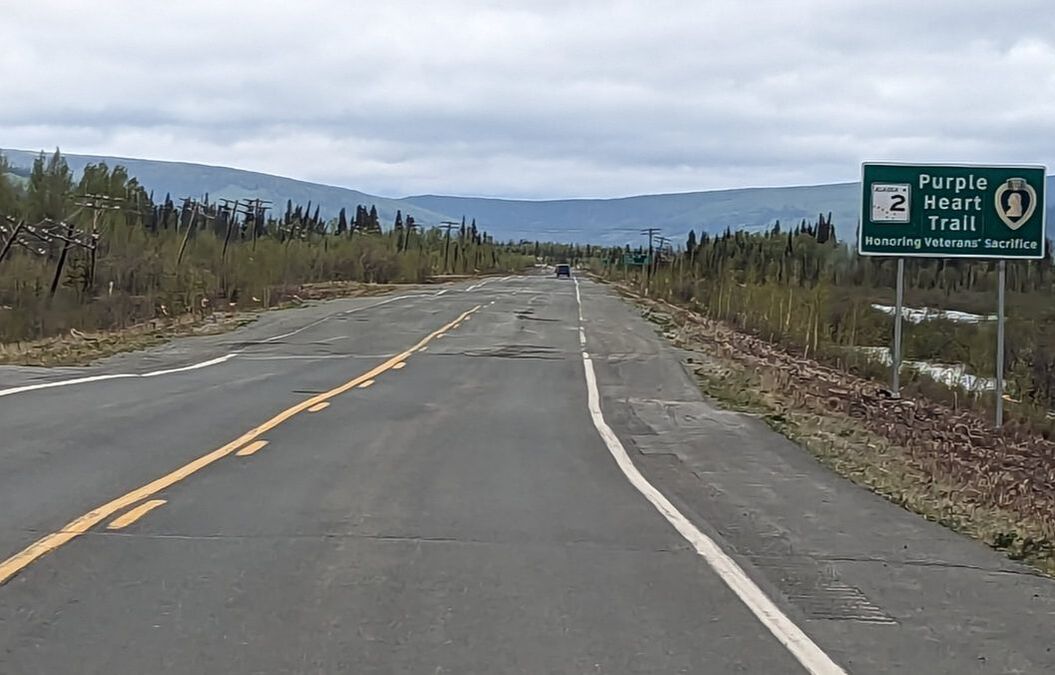
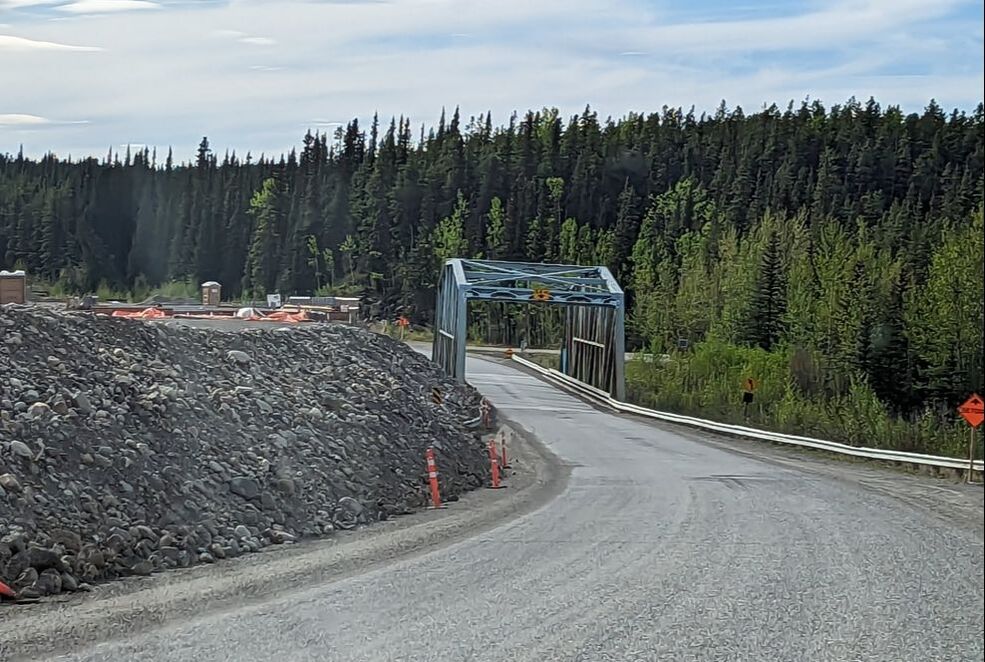
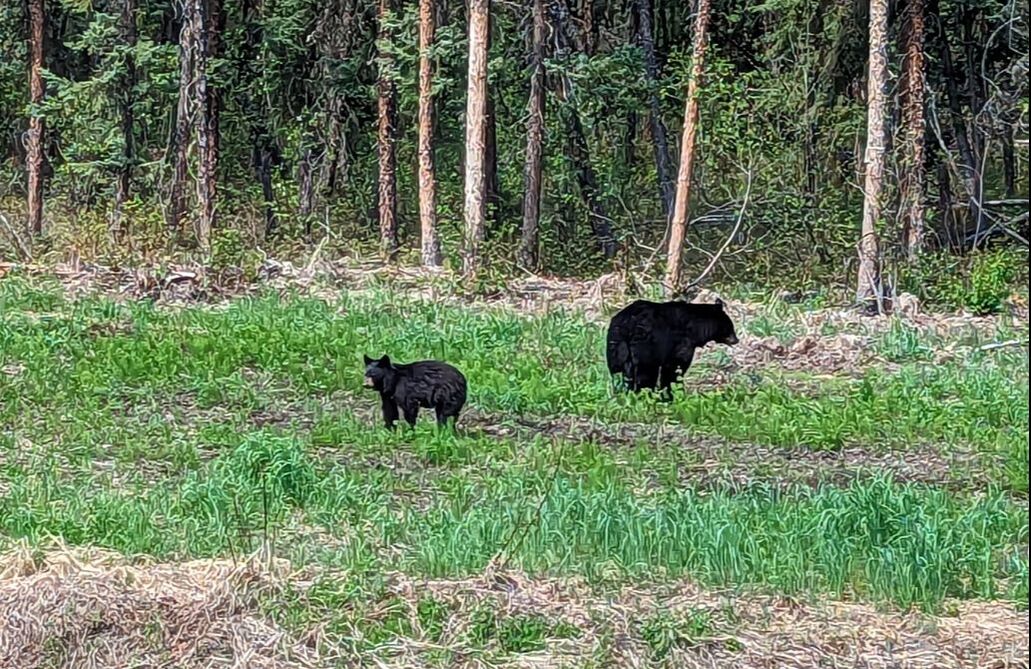
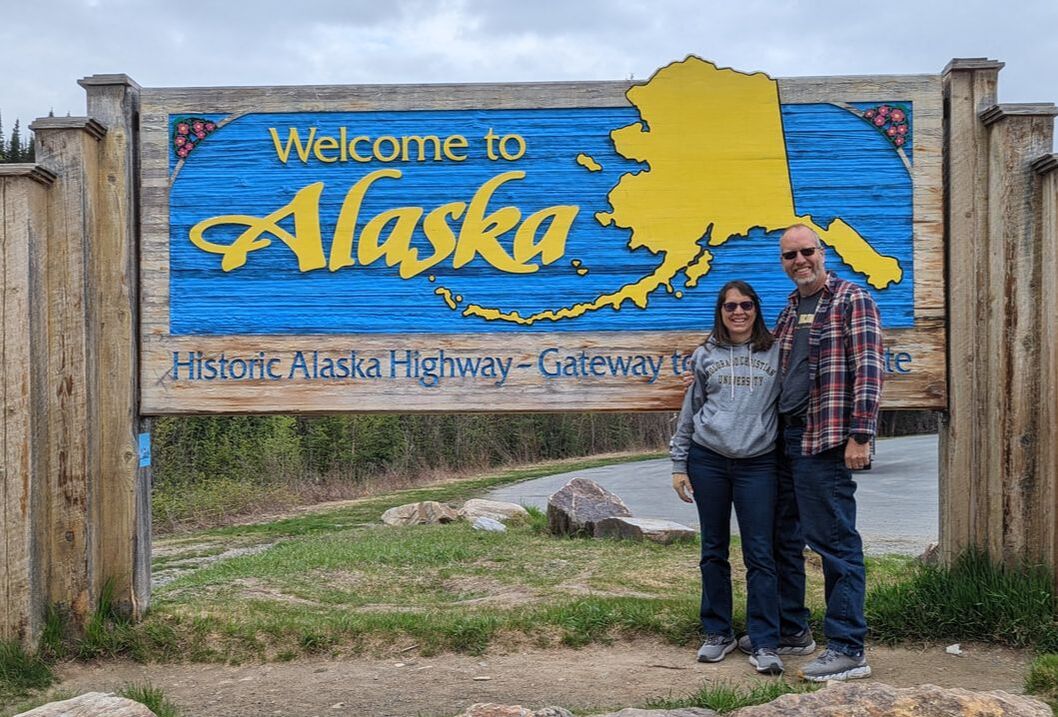
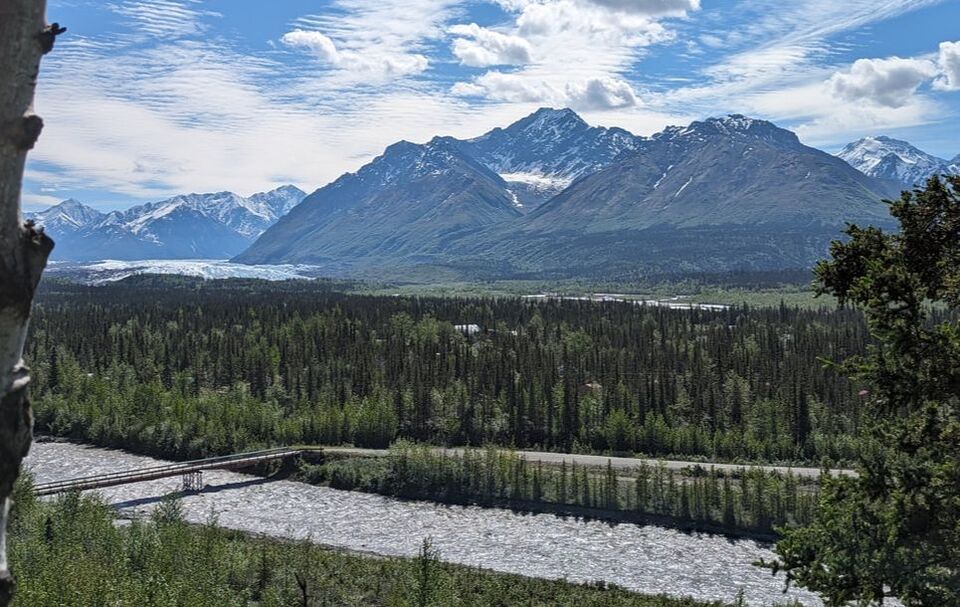
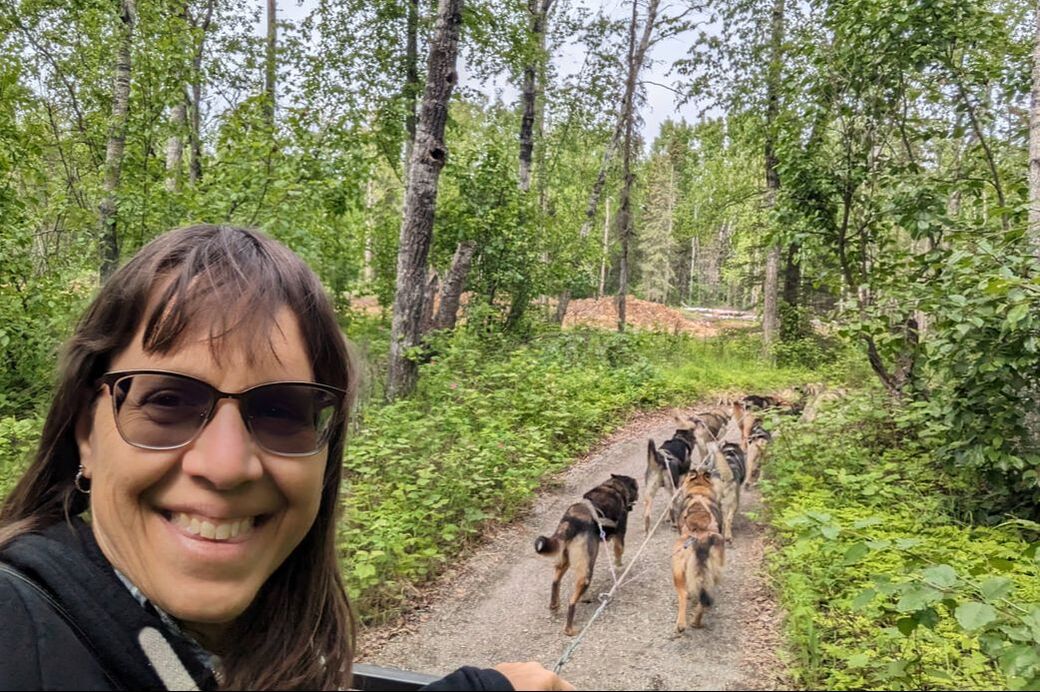
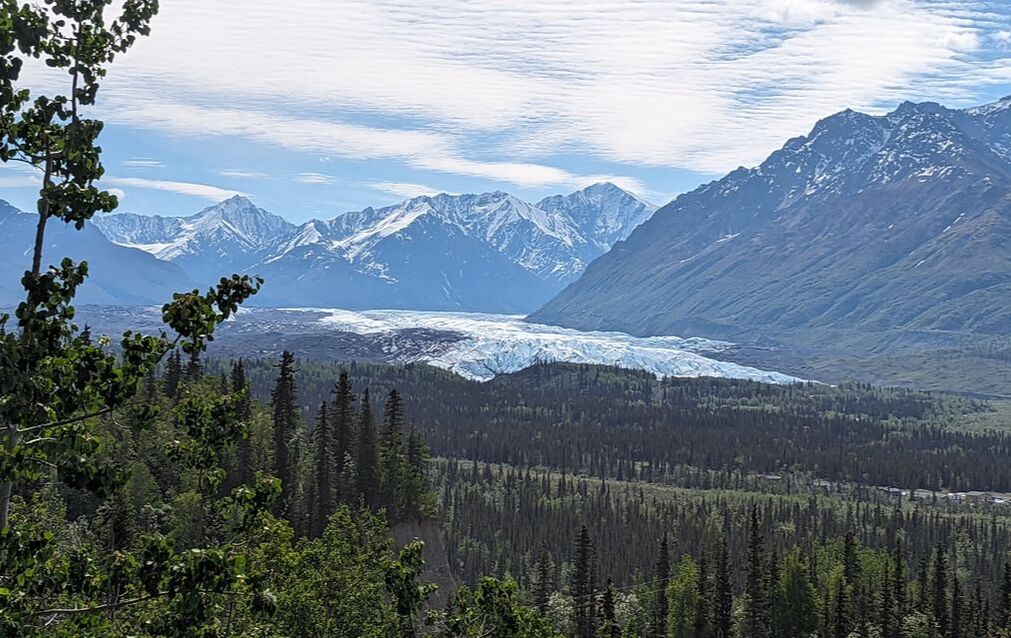
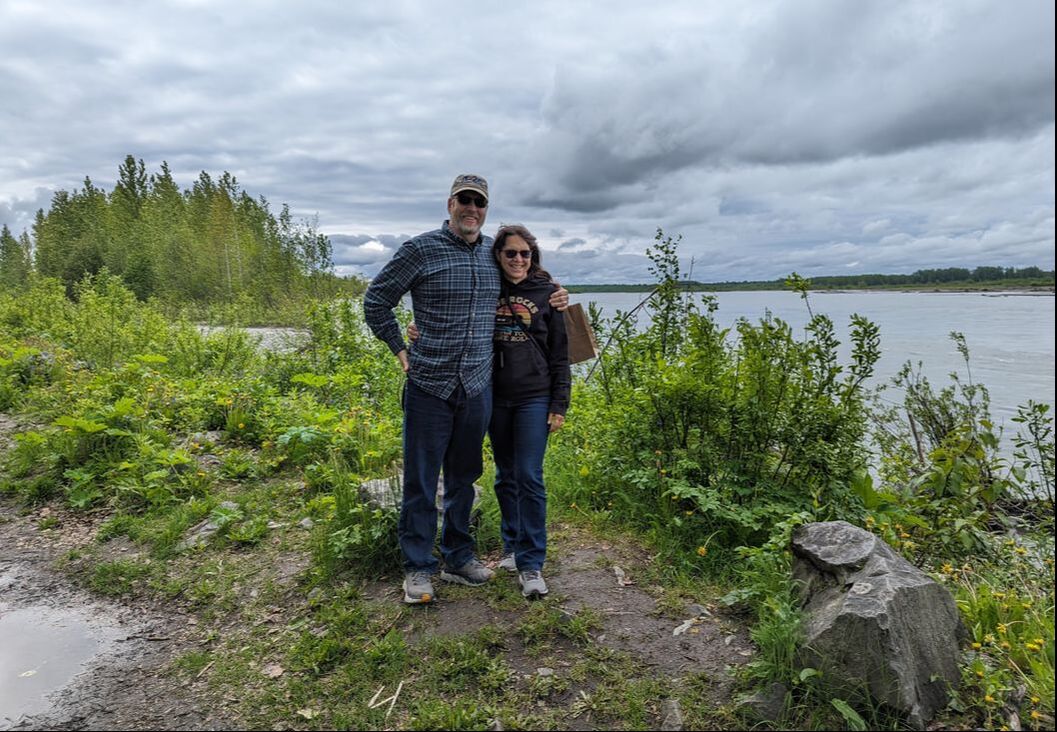
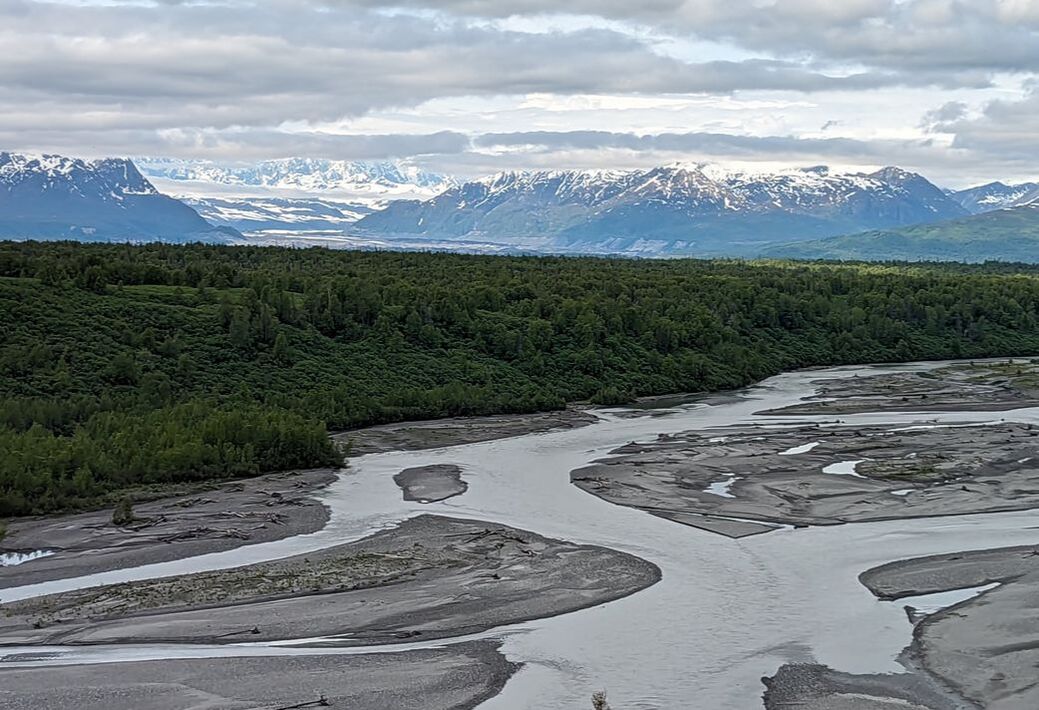
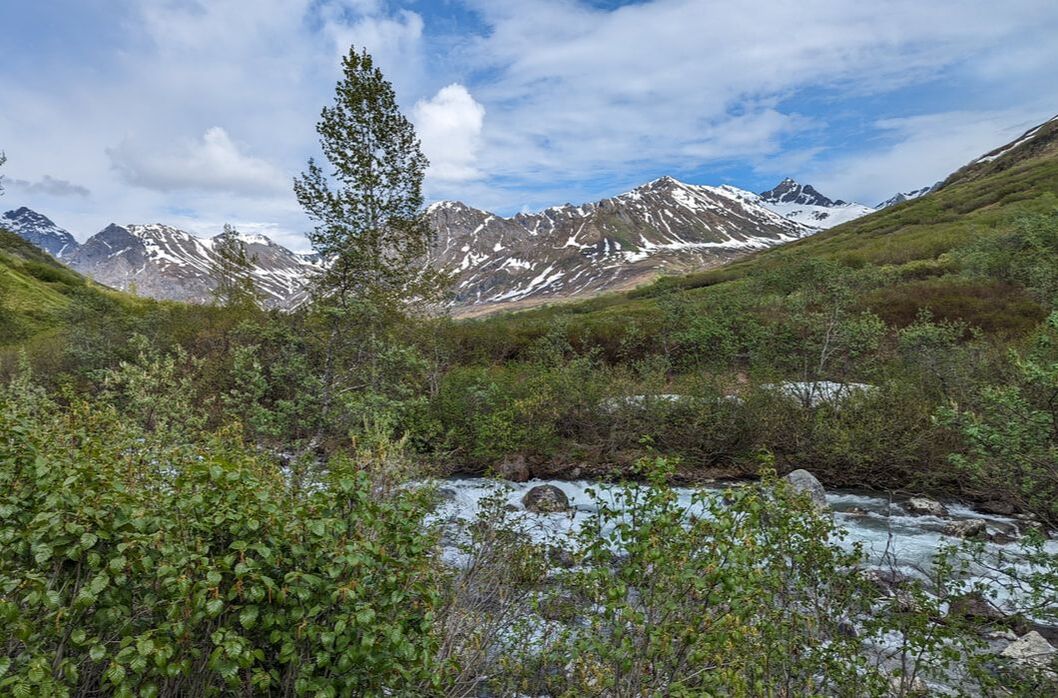
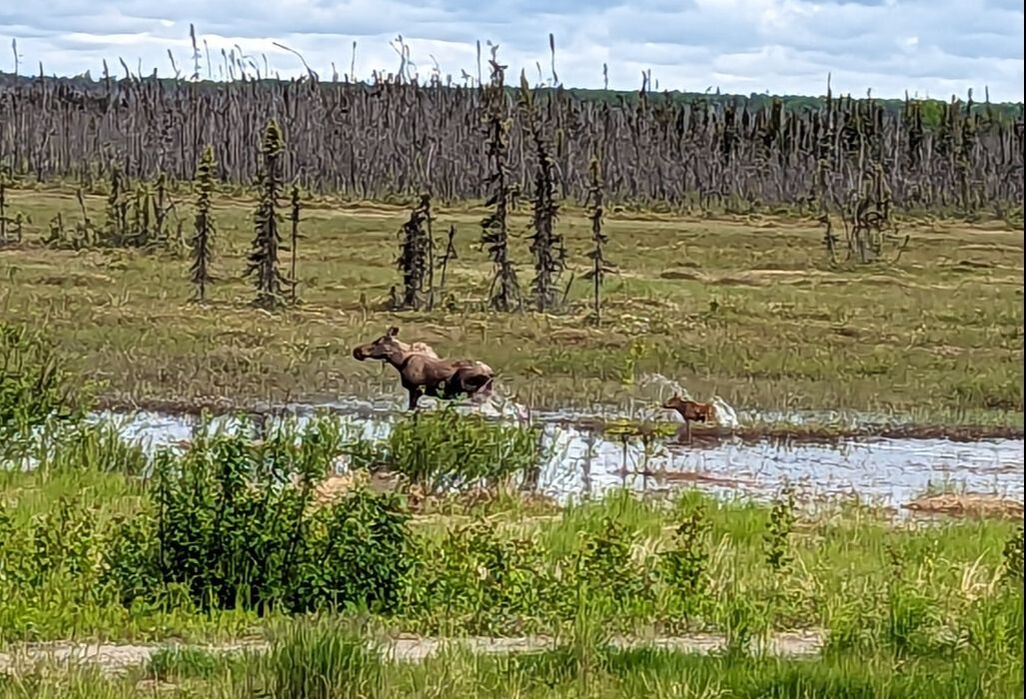
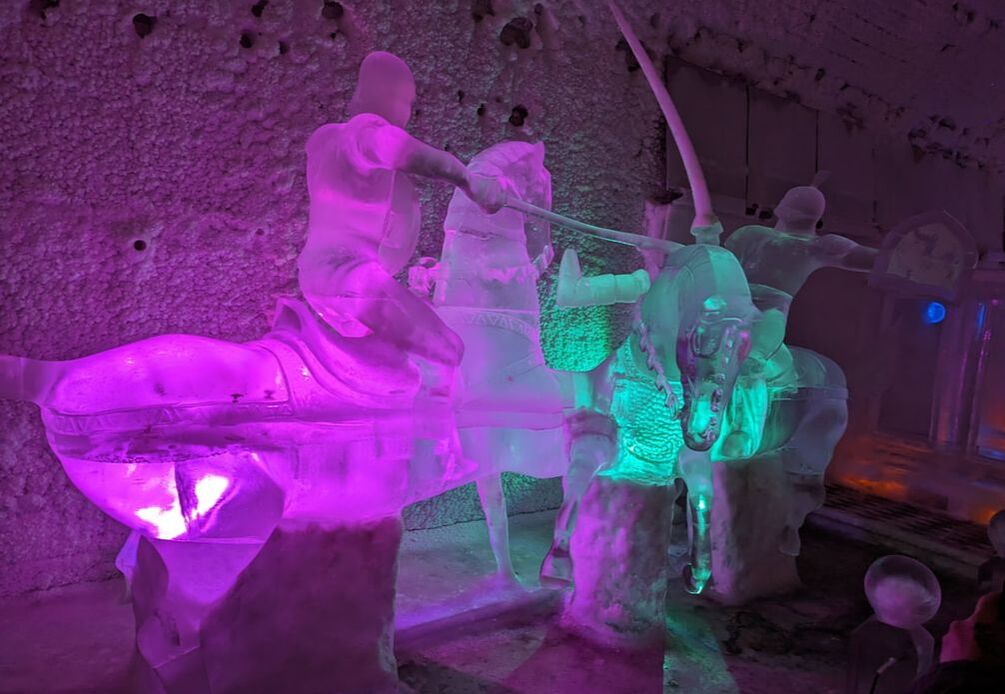
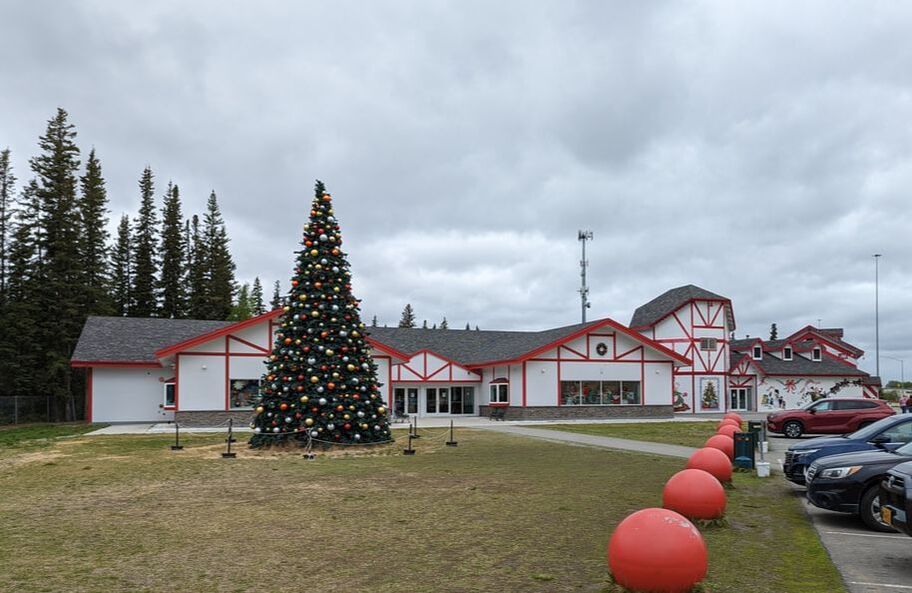

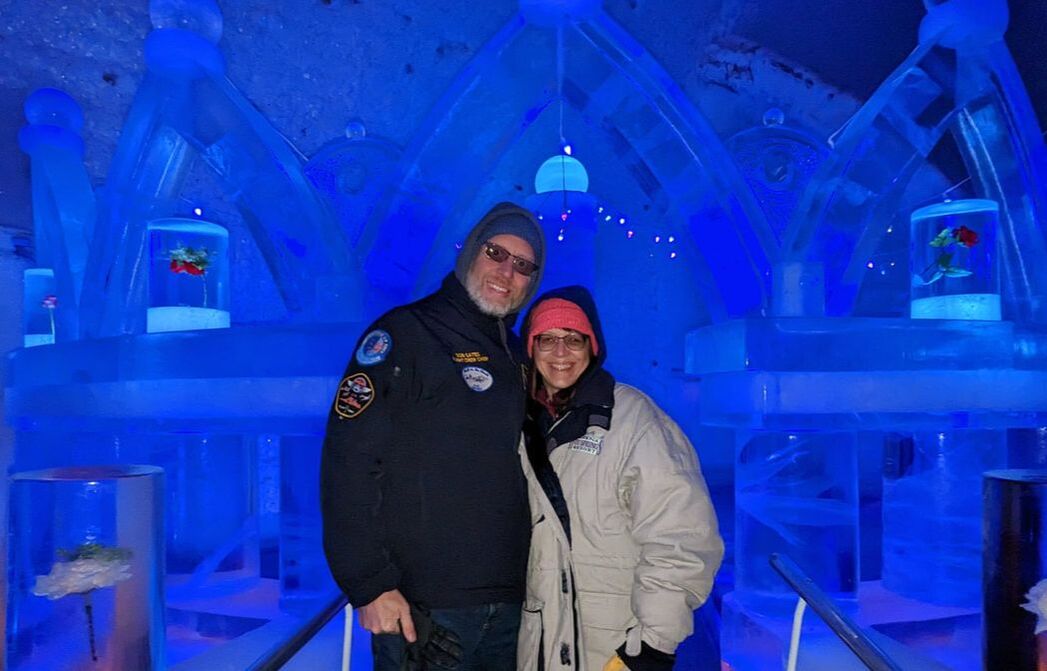
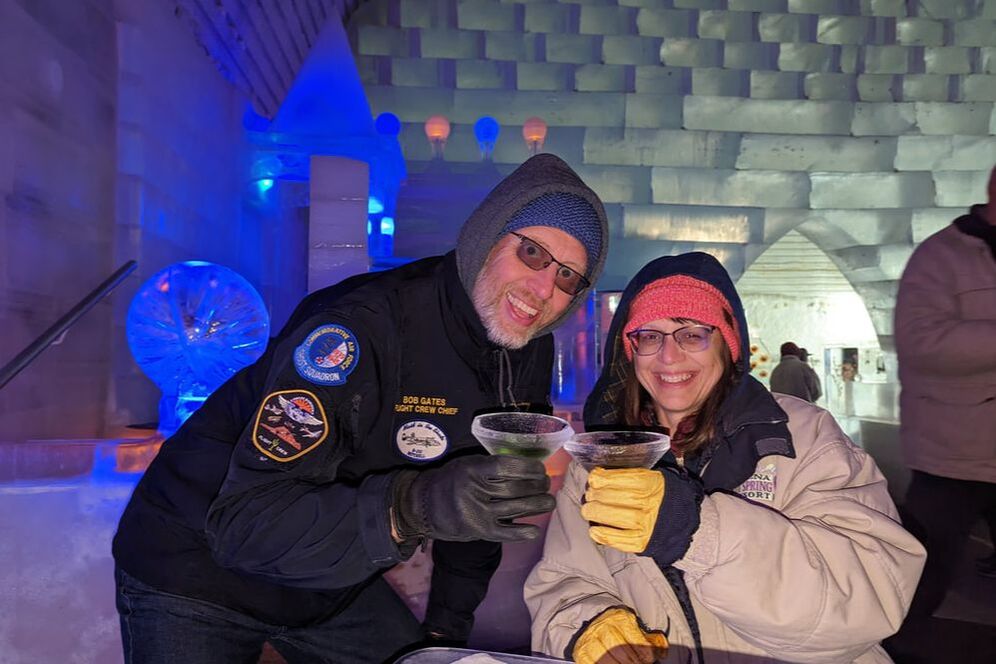
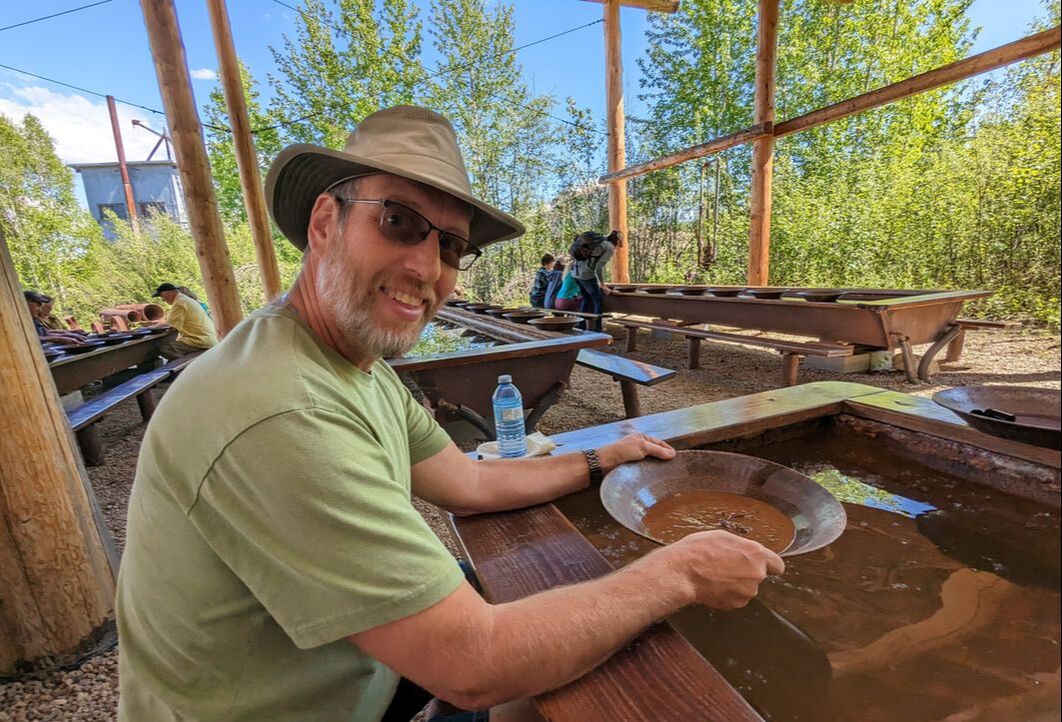
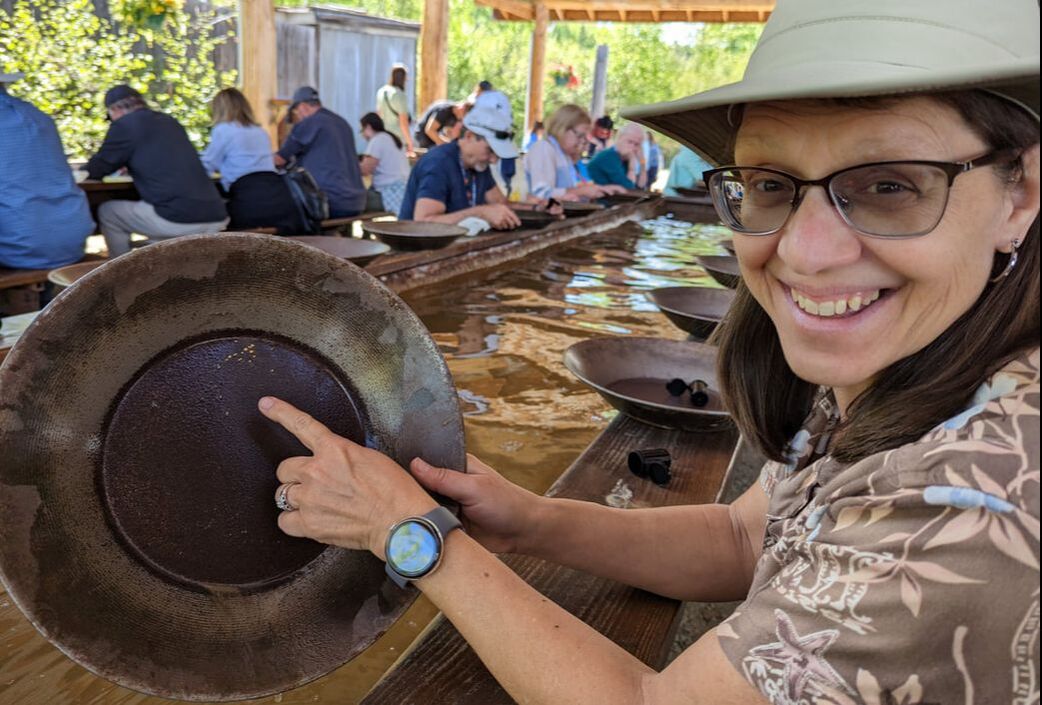
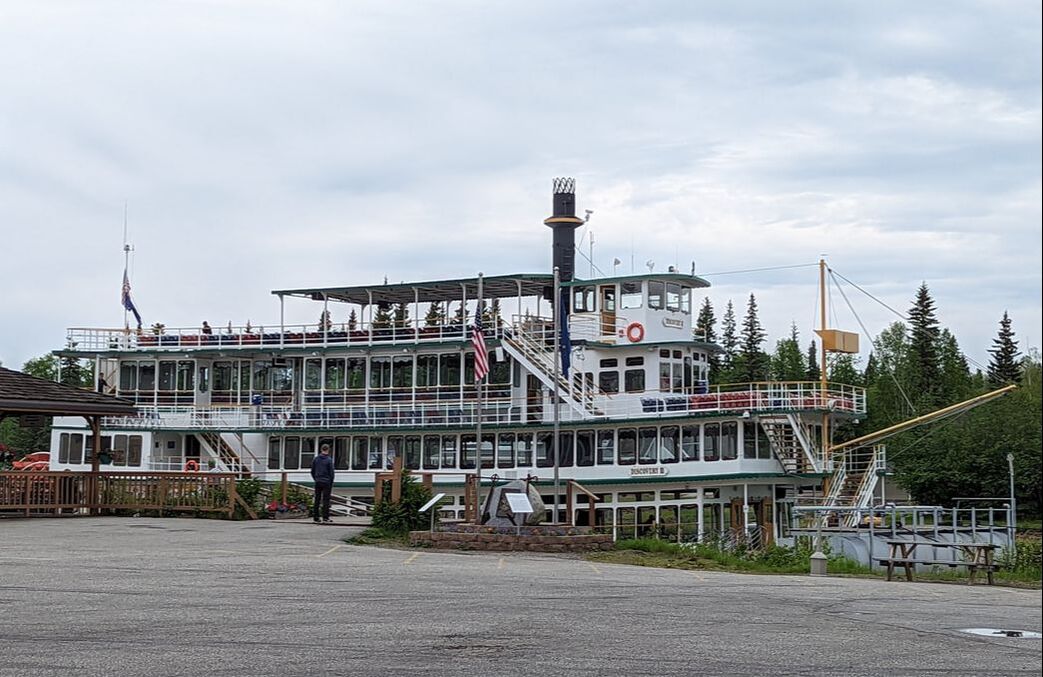
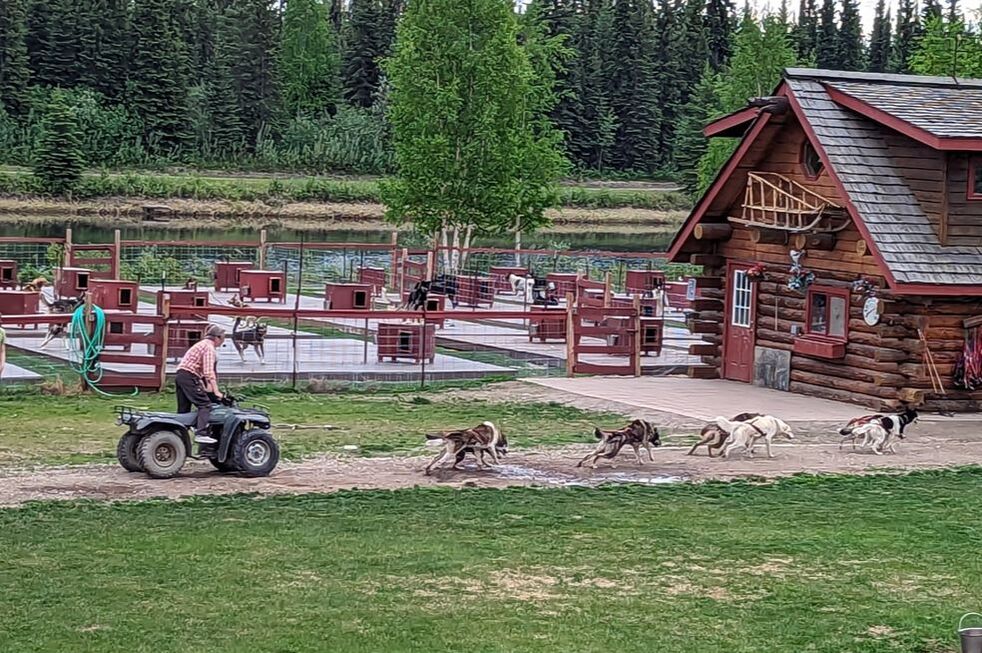
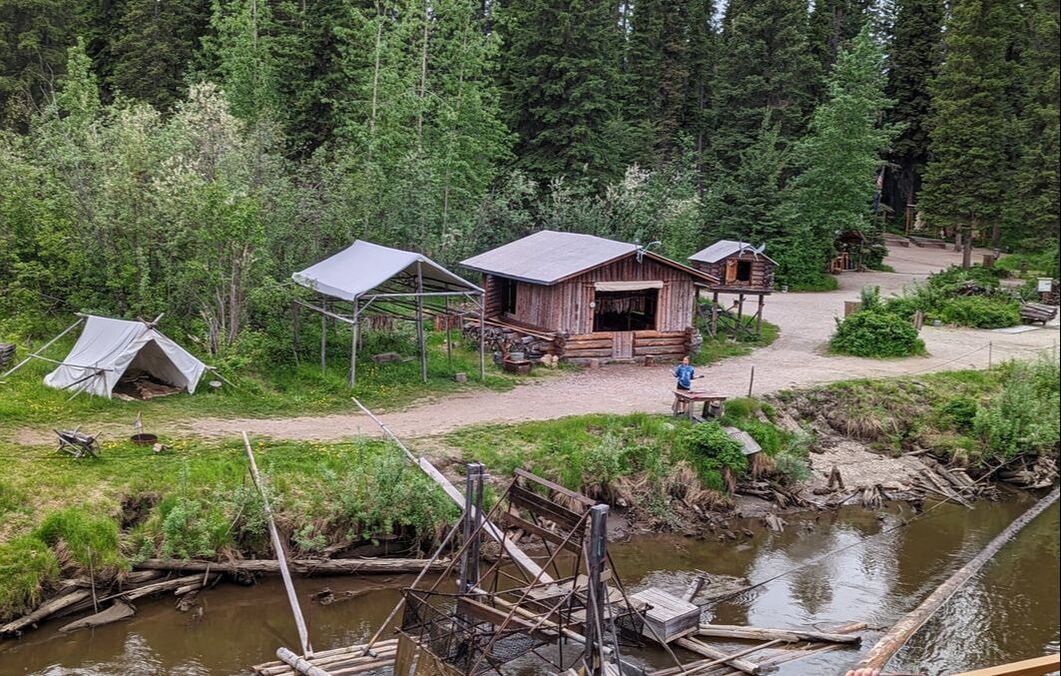
 RSS Feed
RSS Feed